Francis teaches how to build a makeshift grill and cooks freshwater brook trout fish “a la vara”, crucified asador-style over an open flame.
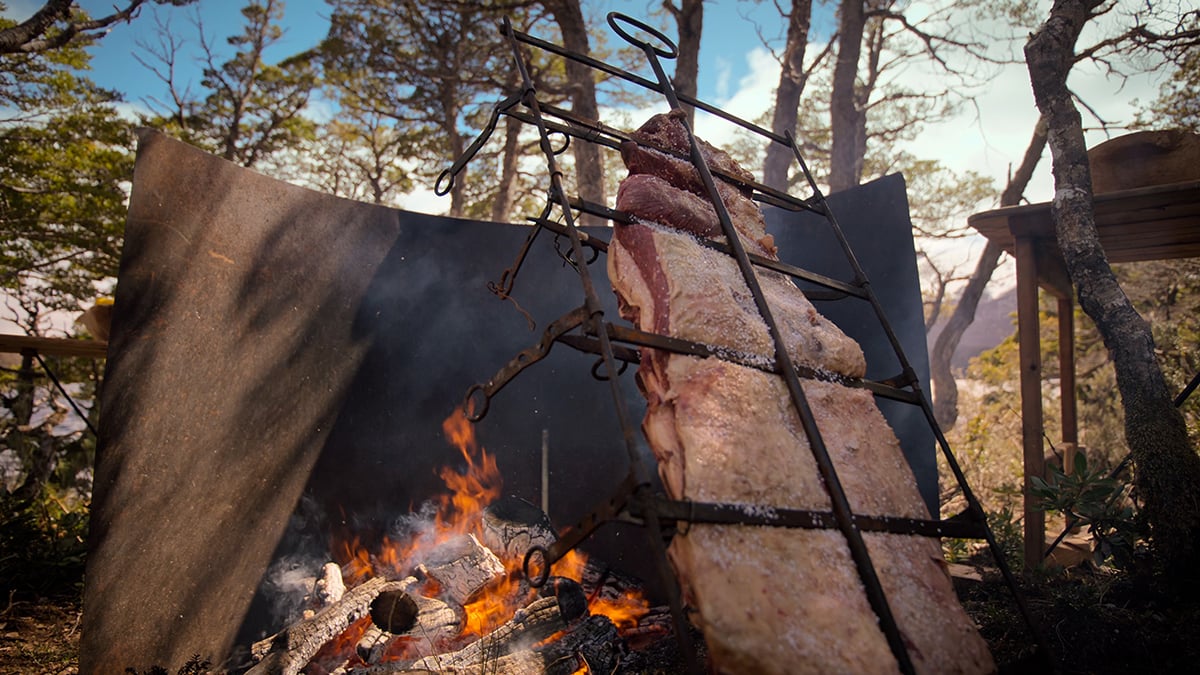
Up to 40% off + extra $30 off with code val30off
up to 40% off Ends soon
Argentine
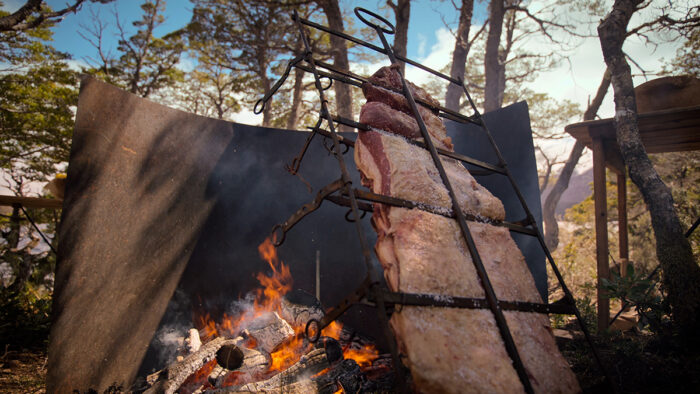

Francis teaches how to build a makeshift grill and cooks freshwater brook trout fish “a la vara”, crucified asador-style over an open flame.
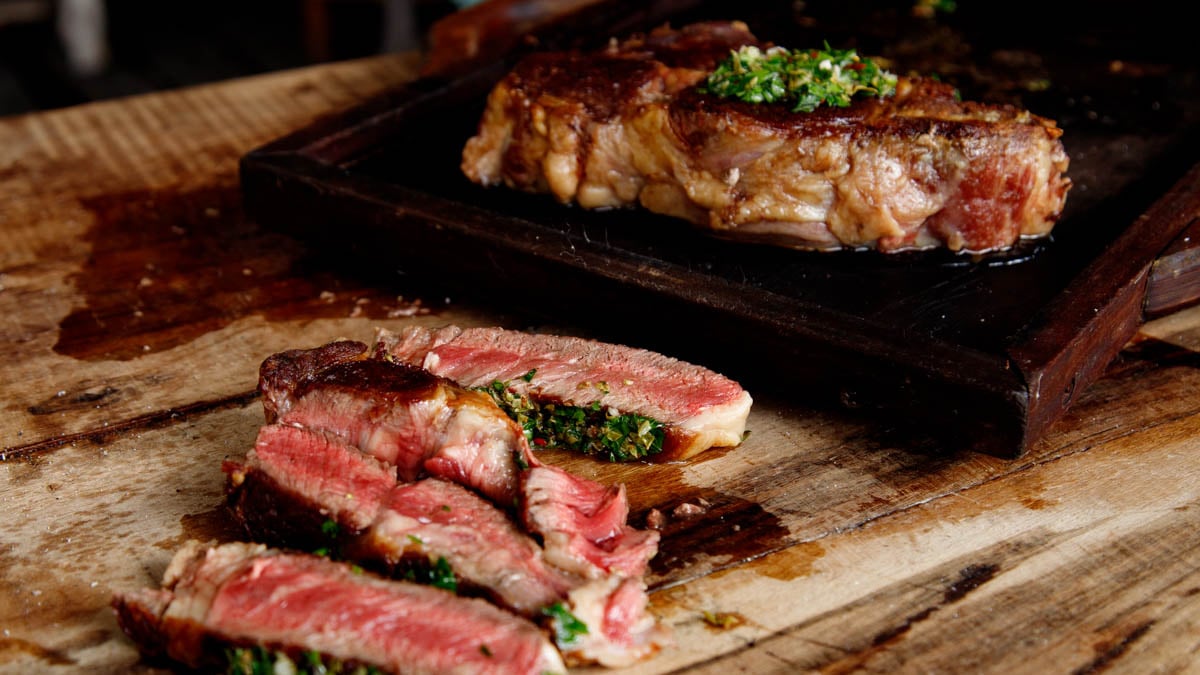
“It’s always a mystery when you cook a steak.” If anyone in the world is going to teach you how to grill the perfect steak, it should be Francis Mallmann. Watch and learn from the master of meat the core principles of live-fire cooking. And no steak would be complete without a traditional herbaceous chimichurri sauce.
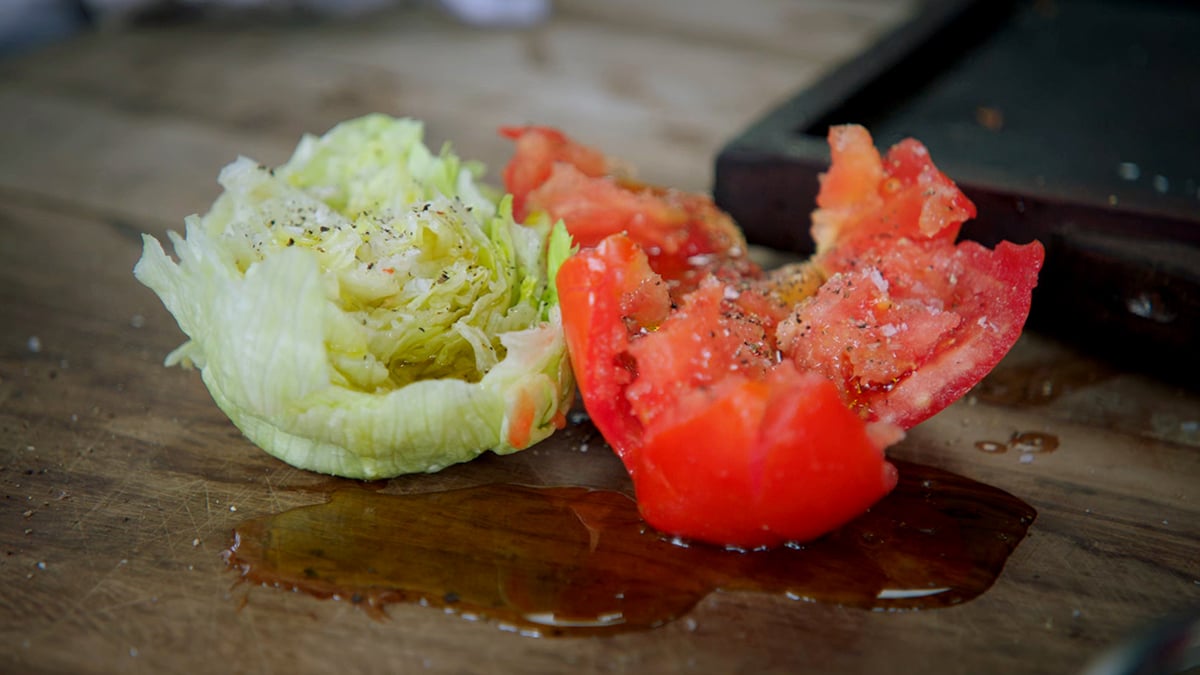
Learn how to make one of Argentina’s favorite comfort foods with Italian roots, the milanesa. While the milanesa is traditionally pounded thin and deep fried, Francis prefers a thick cut of tenderloin cooked bleu, or extra rare, on the chapa grill.
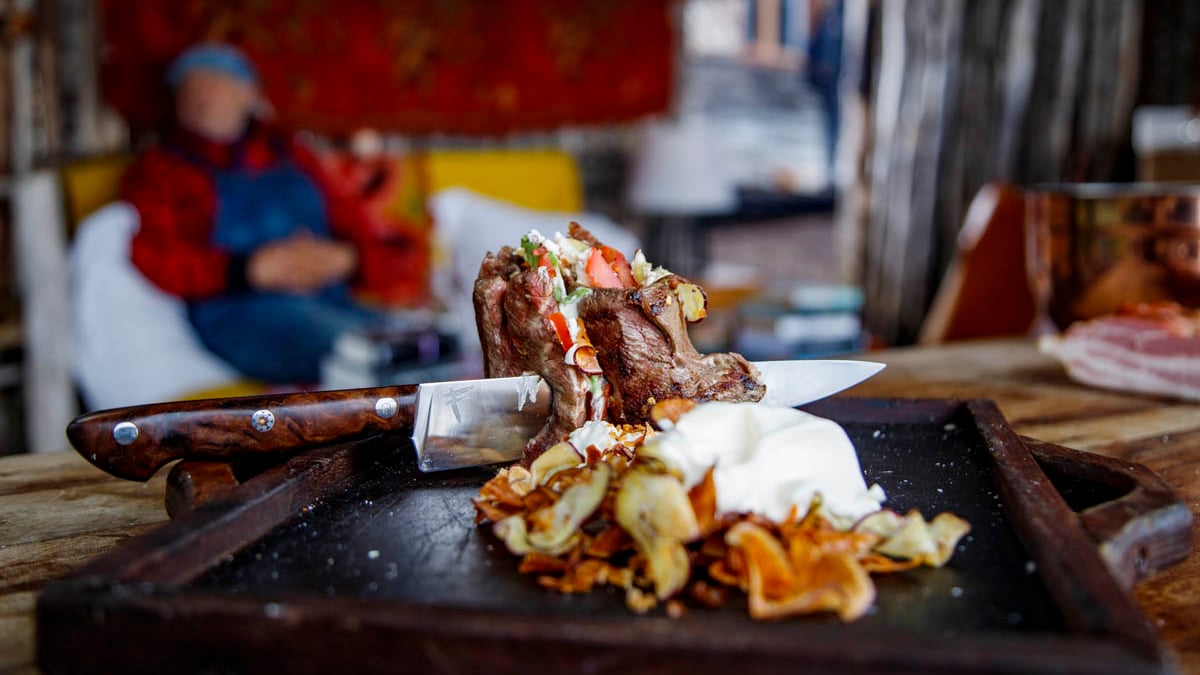
Francis teaches how to make this wonderful and quick meat dish with bacon, avocado, and crispy sweet potato chips.
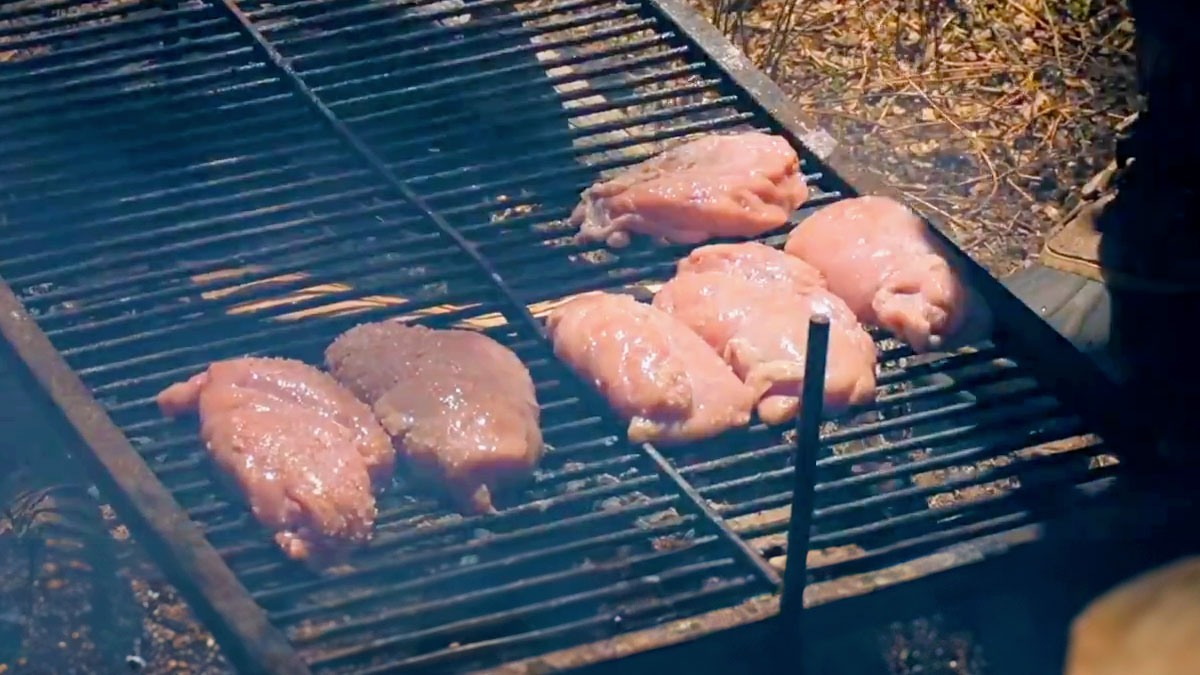
The caviar of the grill. Sweetbreads are grilled low and slow until the texture becomes crunchy on the outside and tender within. To serve: Douse in lemon juice and sprinkle with salt.
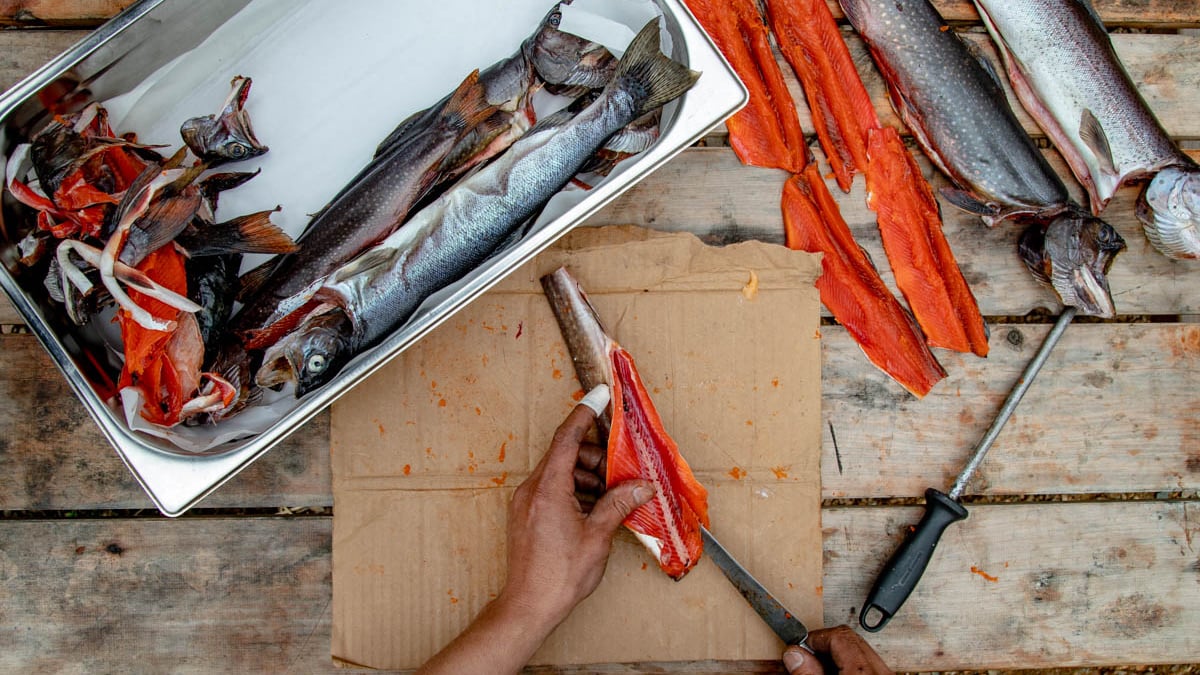
Francis teaches techniques like the proper way to fillet a fish, using his favorite knife that he bought in 1978 in Paris. This simple recipe will be a total brunch crowd pleaser for your family and friends.
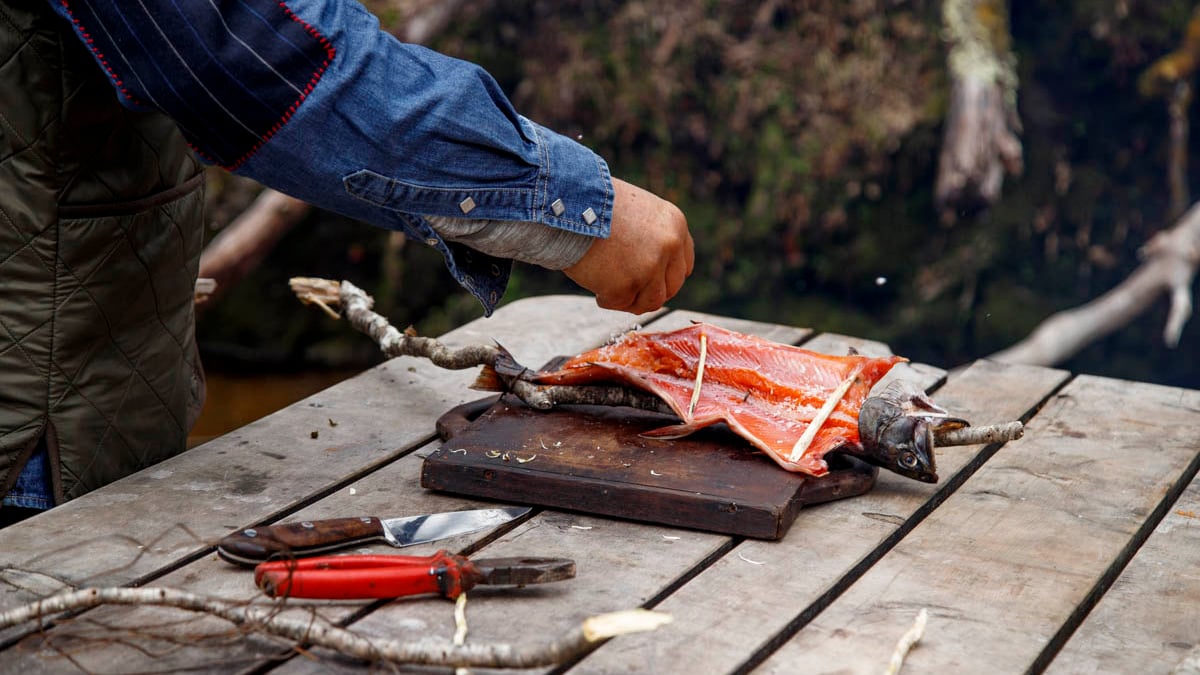
Learn how to butterfly fish and grill it over an open flame.
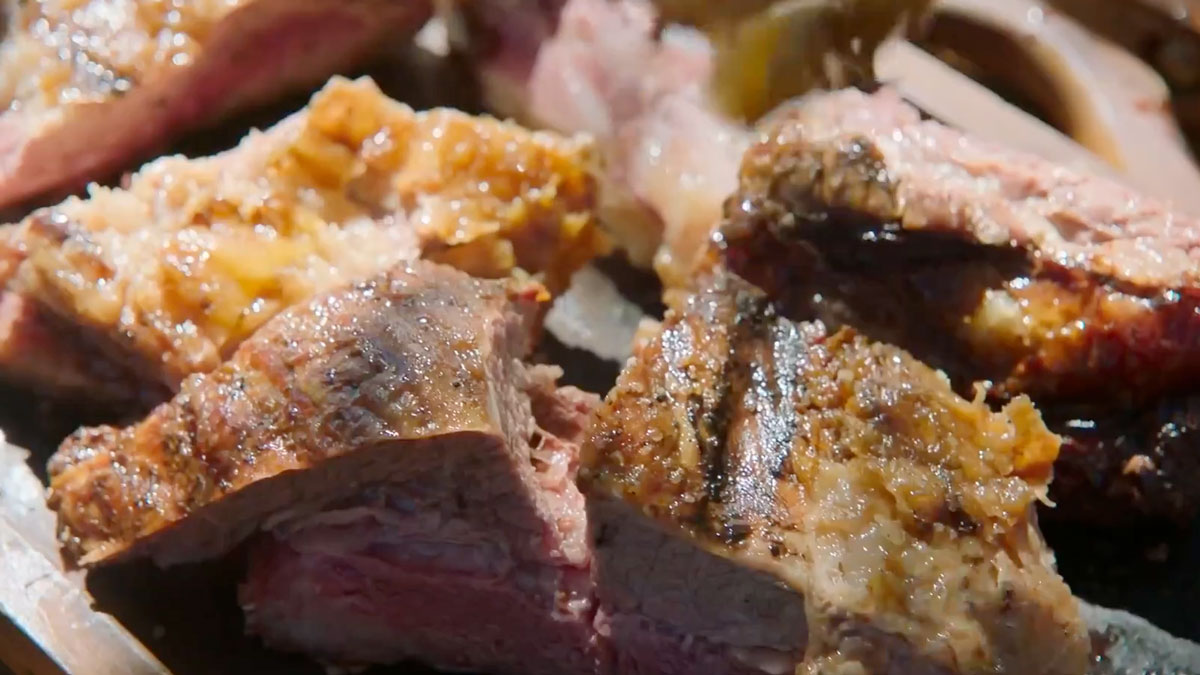
This cut is most similar to short ribs. Ask your butcher to cut it flanken style in one long, thin strip cut crosswise against the bone. Ribs are cooked slowly on low flame until they achieve a crispy outer layer and slight chewiness, but still tender insides.
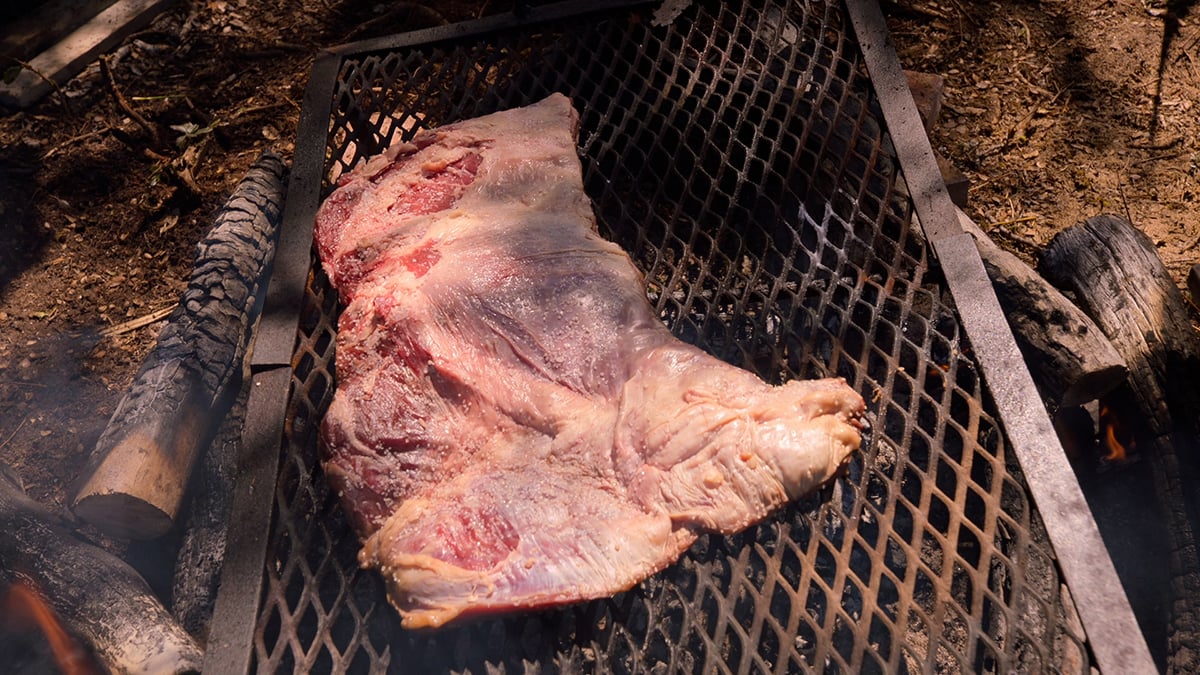
Flank steak is an essential cut on any Argentine grill.
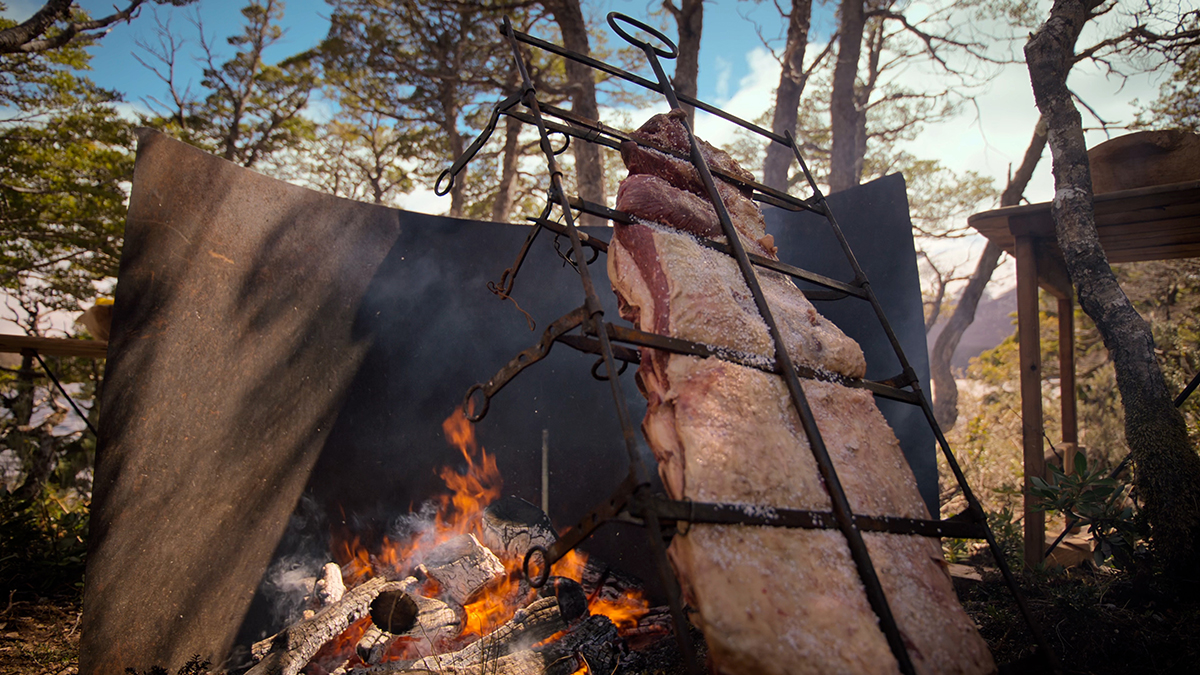
Grill a rack of ribs the Argentine way: crucified on an iron cross and slowly cooked over open flames.
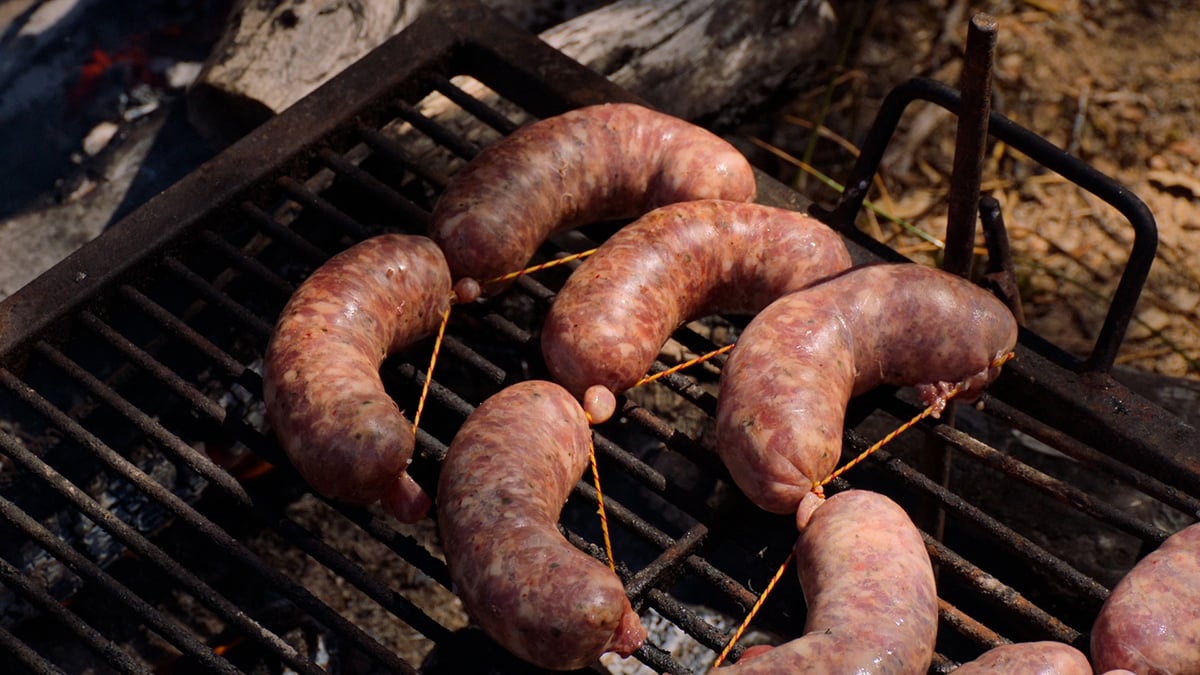
Chorizos sausage are an essential part of the Argentine asado experience. They are best when charred directly over the flame, and can be cooked whole or butterflied. Don’t forget to douse them in chimichurri and salsa criolla.
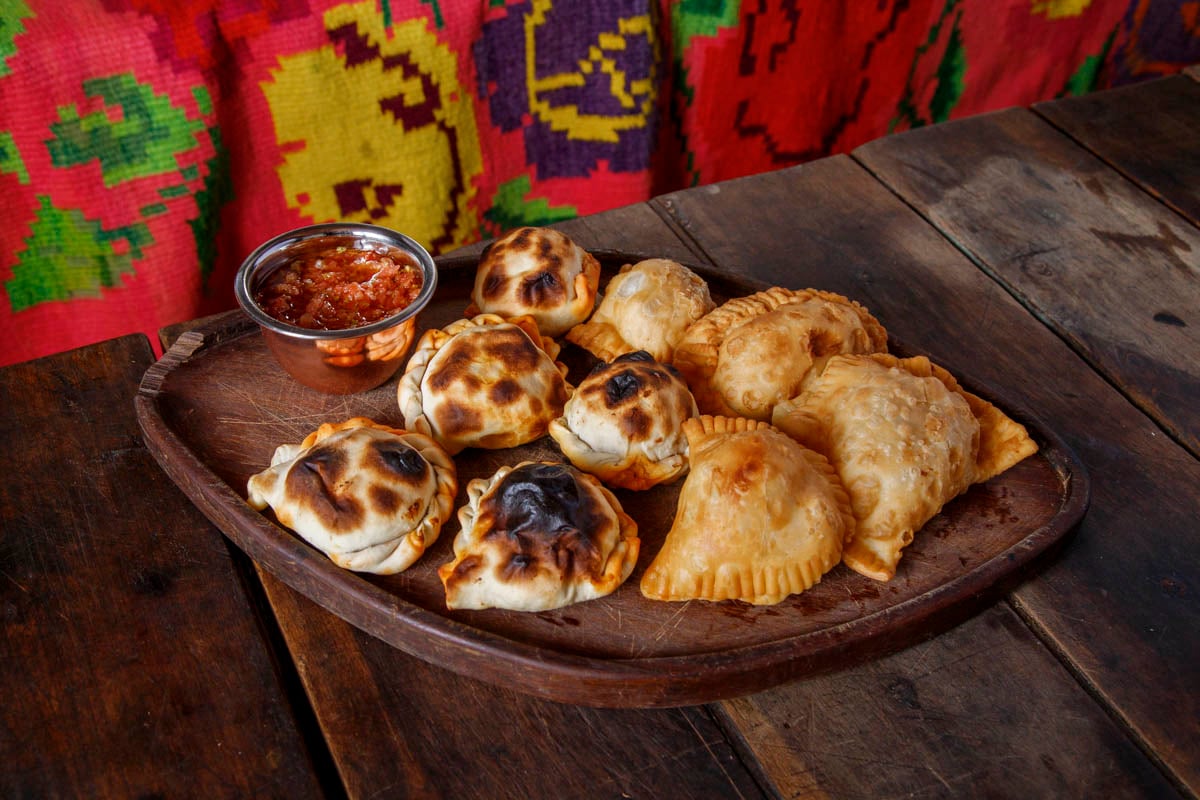
Not only is this family-friendly snack easy to make, but it’s also the perfect meal for the kids to get involved too. Learn the “repulgue”, how to properly seal and fold the empanada like a pro.
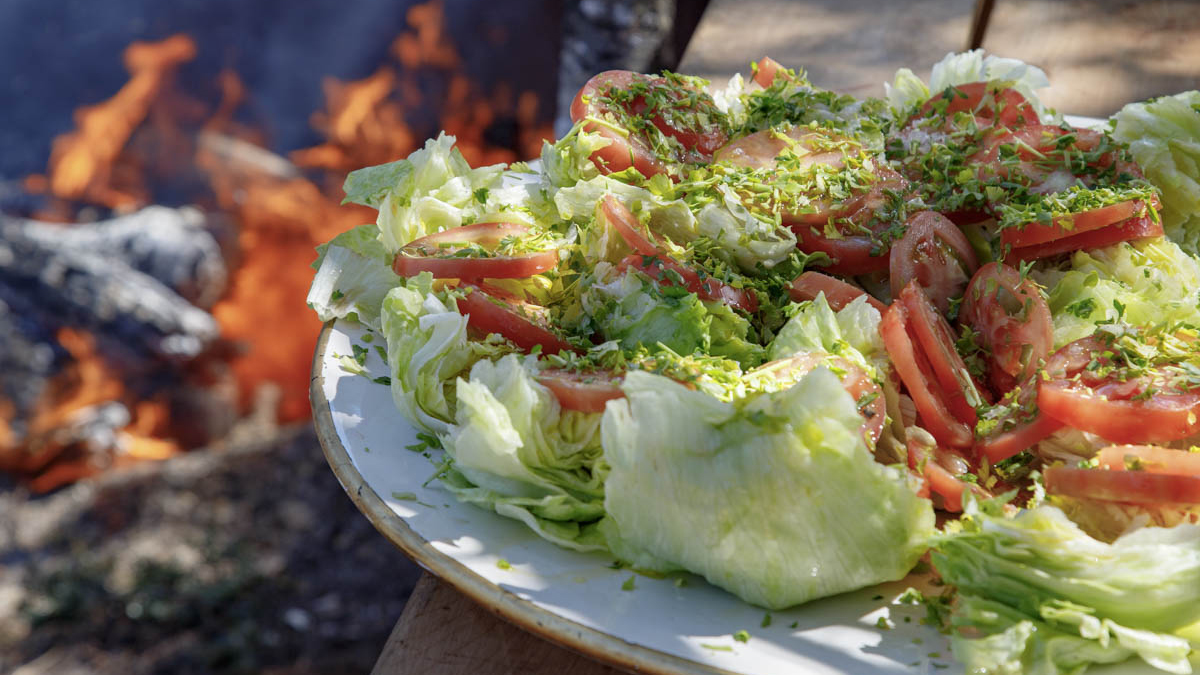
Francis doesn’t like salads that are busy and cramped on a plate. Instead, he leans towards the generosity of space. Learn how to make one of Francis’s favorite salads that he calls simple yet noble.
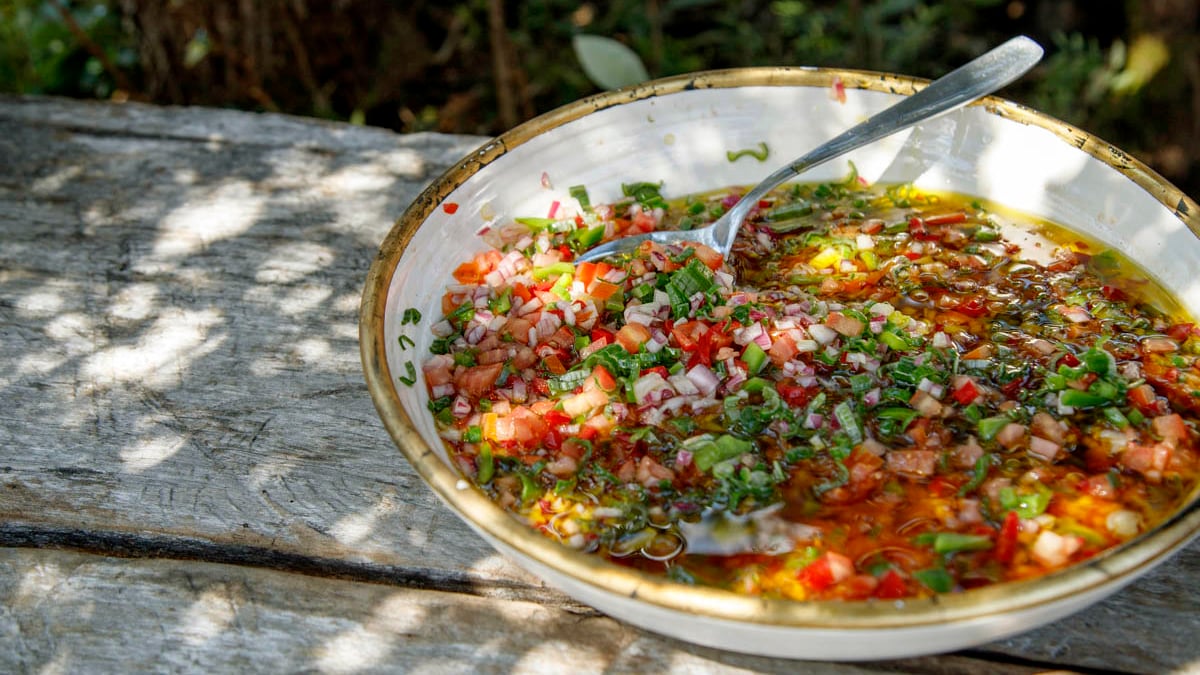
No Sunday Asado in Argentina would be complete without salsa criolla, the national sauce, alongside chimichurri, that is served at traditional Argentine barbecues across the country. Francis’s version calls for a fresh medley of chopped onions, colorful bell peppers, tomatoes, red onions, and spring onions drenched in acidic red wine vinegar.
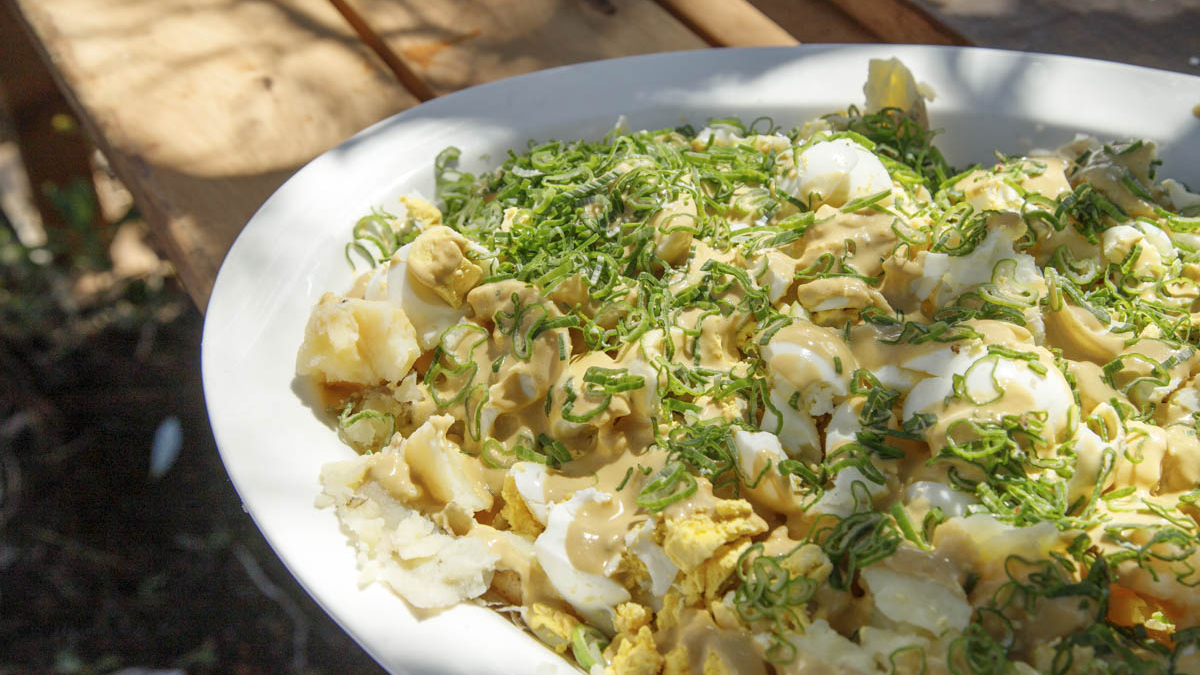
Never make another potato salad the same way ever again. Francis puts his spin on the Argentine barbecue classic side with a tangy mustard vinaigrette. While you can always use a knife, follow Francis’s motto and use your hands. “Everything you can cut and break with your hands, the better,” he says.
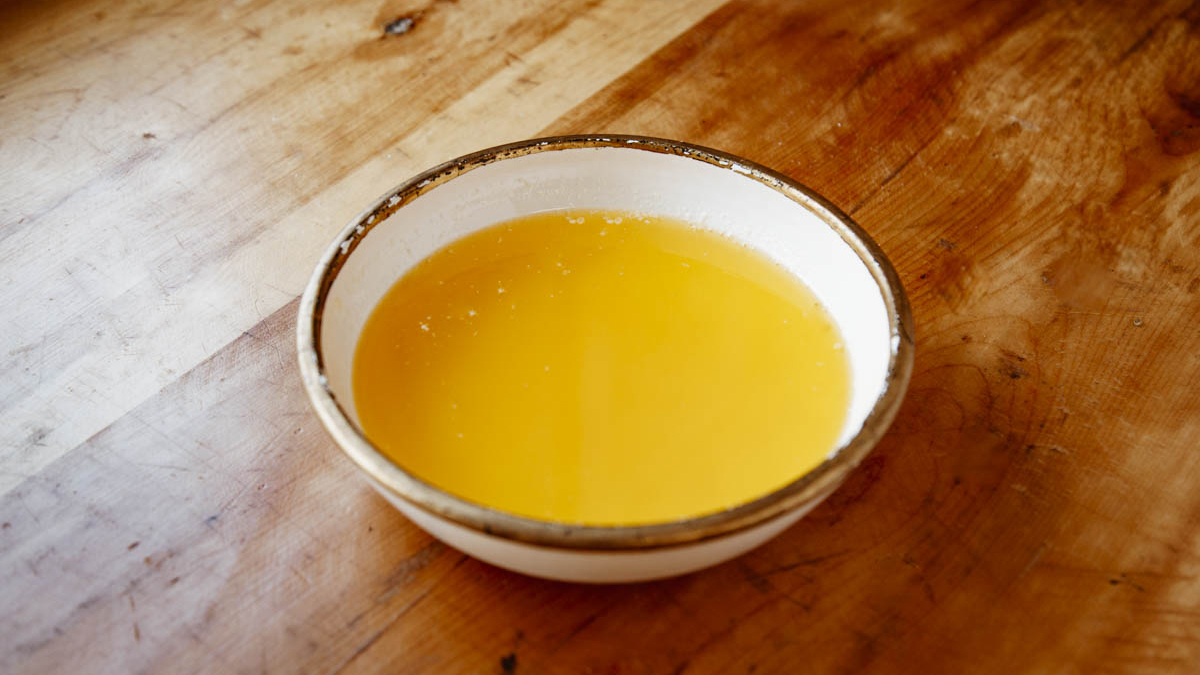
Clarified butter is the secret weapon Francis uses to make his food crispy and luxurious. Ricki Motta, Francis’s sous chef, teaches how to make this golden glory. Since Francis’s food tends to require open flames, the lack of milk solids in the clarified butter enables it to have a high smoke point, an ideal match for this style of cooking. The result? Crunchier potatoes, a perfect char on seared meat, and vegetables dancing in butterfat with little worry of it burning too quickly. Plus, clarified butter can last fresh for months in the fridge.
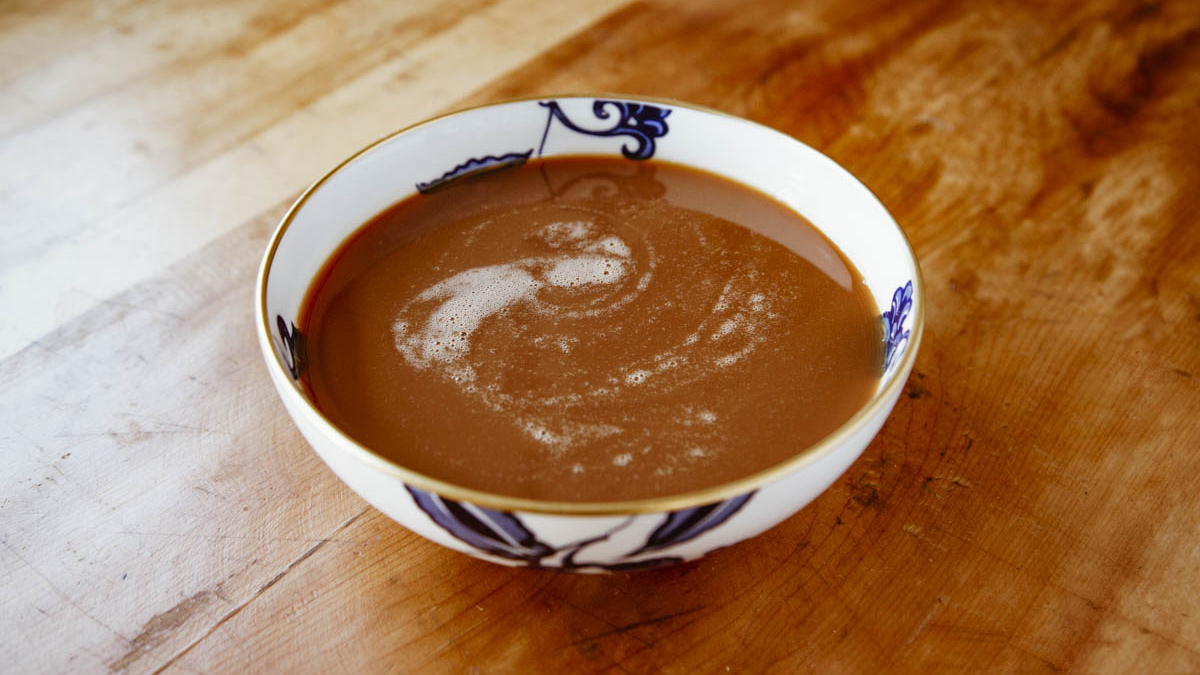
It’s hard to find a dessert in Argentina that doesn’t contain dulce de leche. Francis’s sous chef, Ricki Motta, teaches how to make this classic favorite that will sweeten up your life.
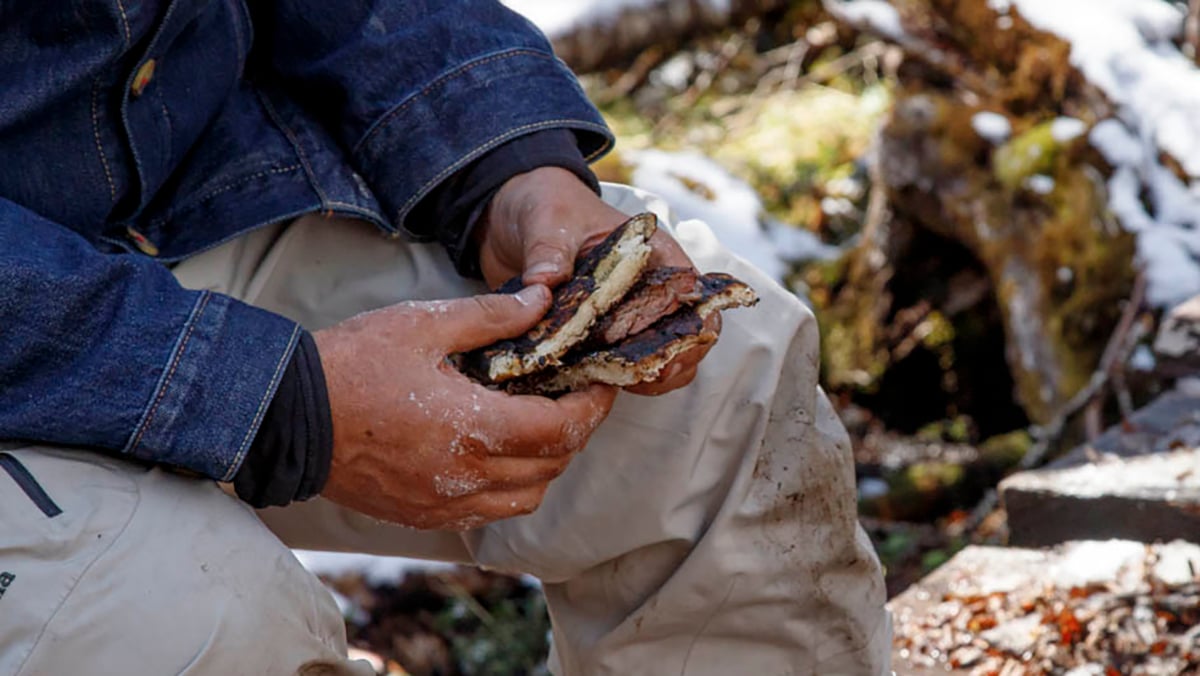
The next time you go camping, be sure to bring a bag of flour and a strip of beef, to create the best version of a Gaucho sandwich yourself over the heat of an open fire.
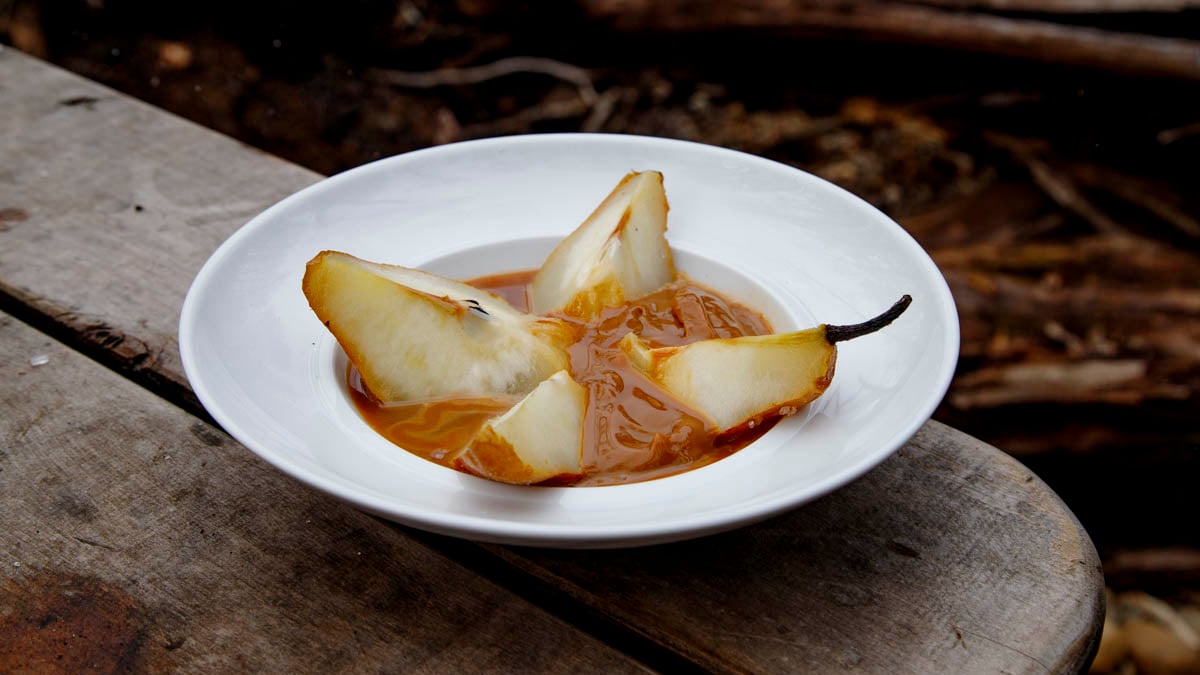
A simple dessert that only calls for 3 ingredients: Pears, salt, and dulce de leche. Francis cooks the pears in the infiernillo, also known as the little hell, an oven he made inspired by the Incan people who made stone versions high in the desert on the eastern slope of the Andes mountain range. “When you cook a pear like this, all of the humidity of the pear stays inside so it’s very, very delicious,” Francis explains adding that the slight amount of salt that remains on the outside pear skin will bring added interest and complexity.
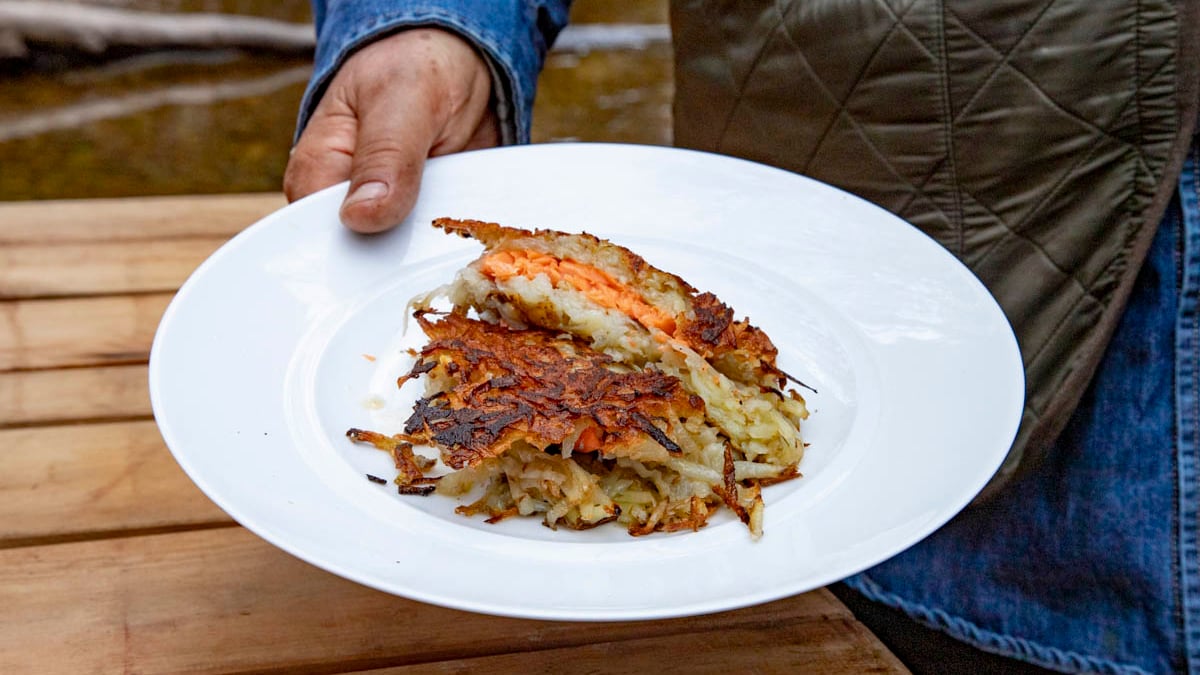
Francis brings us to one of his favorite places on the island, near a beautiful waterfall, to cook trout fillets sandwiched between two crispy potato cakes. Francis uses a freshwater brook trout, known for its vibrant pink color, but you can always substitute for different kinds of fish like flounder, snapper, and sole. Francis teaches techniques like the proper way to fillet a fish, using his favorite knife that he bought in 1978 in Paris. This simple recipe will be a total brunch crowd-pleaser for your family and friends.
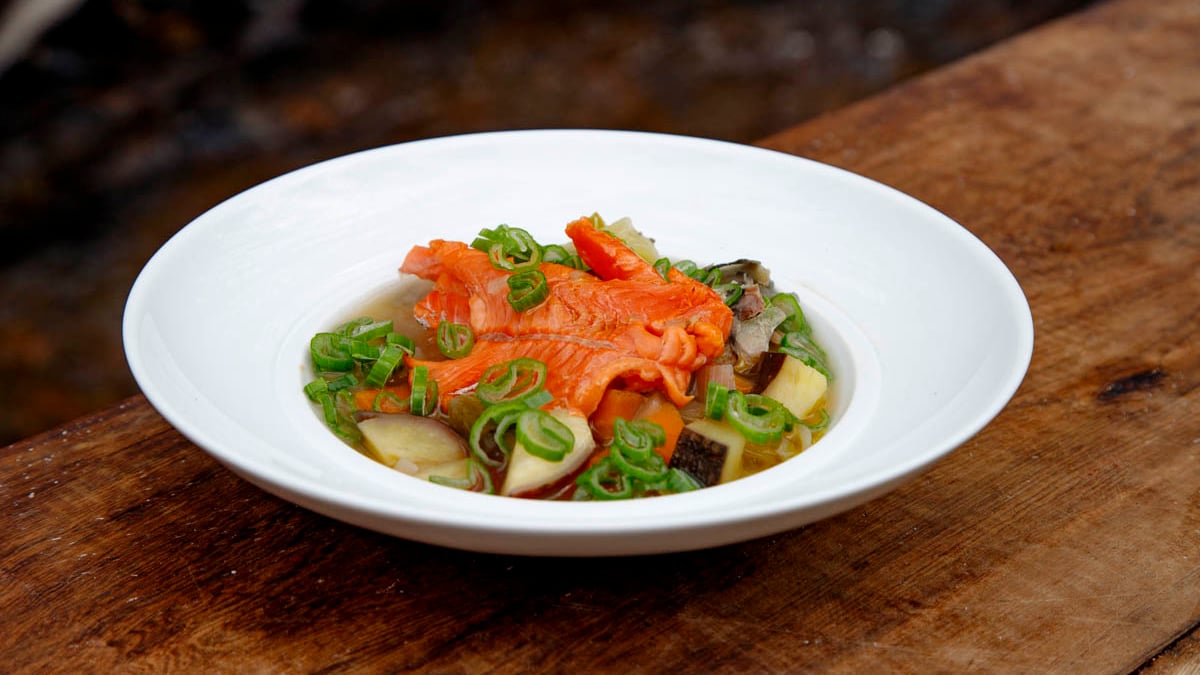
When there’s a brisk Patagonian chill that fills the air, there’s one comforting food Francis wants to eat: chupín de trucha, or Fisherman’s soup with trout. “Chupín is the most beautiful word for a soup of fish,” Francis explains. Chupín is also known as fish stew and is commonly found across the region near lagoons, rivers, and fishermen’s towns. The name chupín comes from the Spanish word chupar. It’s a word commonly used in the phrase, “Para chuparse los dedos,” which means “finger-licking good”. The true taste of the chupín comes from the bones and the head of the fish, plus a lot of love and care. Francis will teach the skills to make this incredible broth and how to truly build and layer complex flavors with simple ingredients. This is a dish proven to nourish the body and soul.
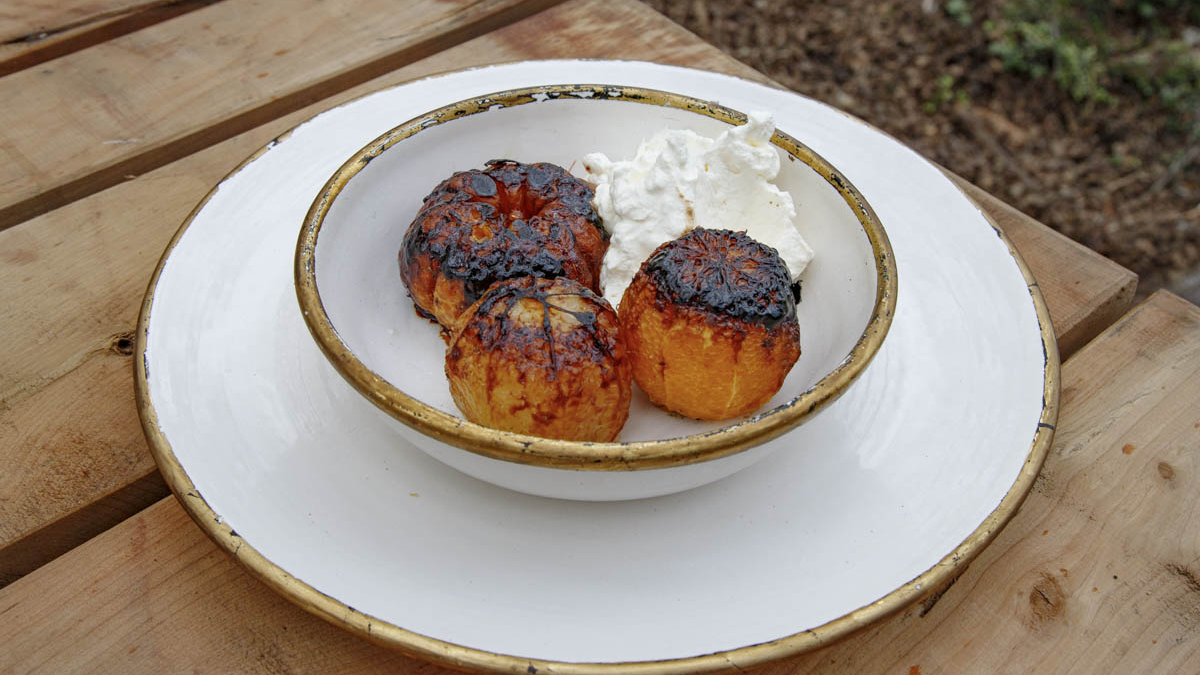
“Desserts in Argentina are important. We love very sweet things.” Francis teaches how to make one of his favorite desserts: Burnt citrus fruits with a sugary crust. Learn how to make this refreshing dish and add it to your dessert repertoire. It may seem simple, but it’s loaded with supremely fresh and complex flavors and textures.
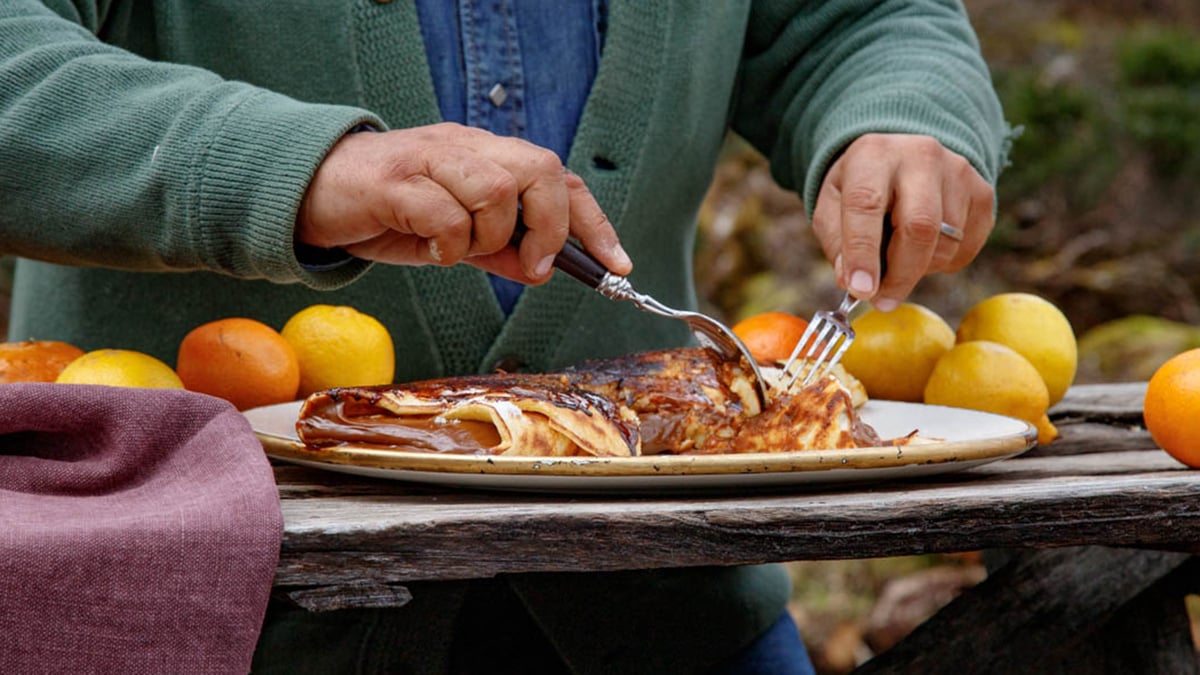
An Argentine classic and Mallmann favorite, this dulce de leche stuffed pancake is the perfect dessert or weekend brunch staple. Use homemade dulce de leche, or the store bought variety – it’s up to you.
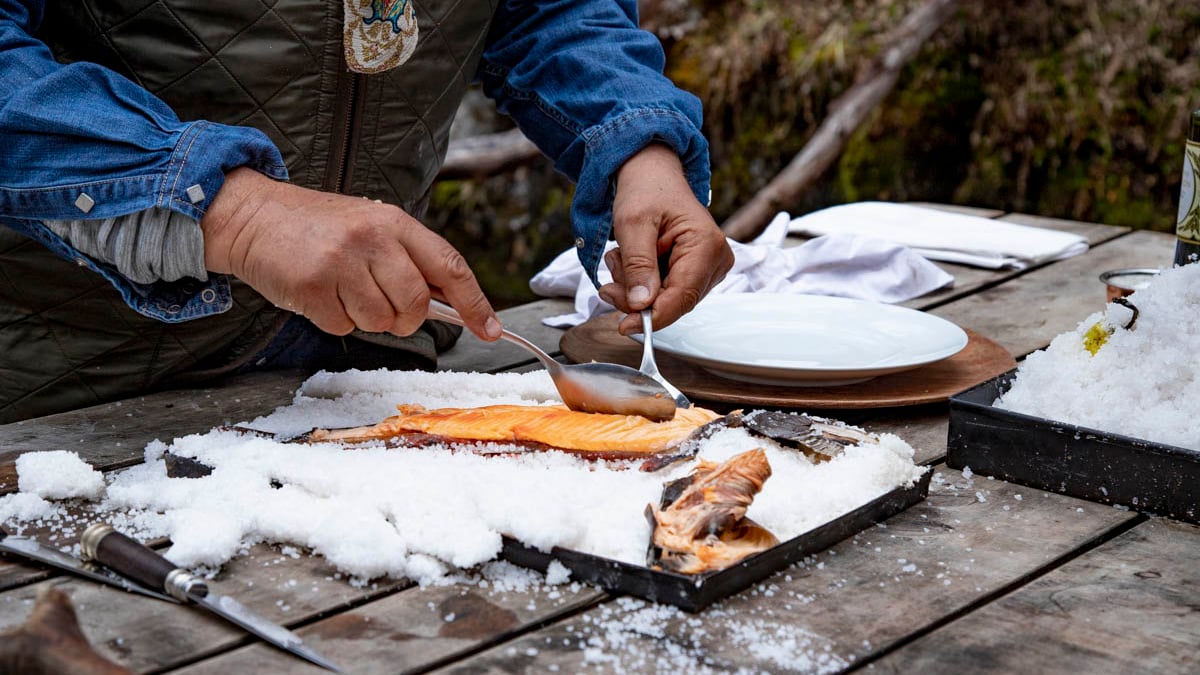
“Oh! It’s so beautiful! I love you trout!” – Francis Mallmann Francis invented the infiernillo or “little hell” oven about 20 years ago to cook fish outside. Today, he proclaims his love for Patagonian trout and its magical taste as he fires up his small inferno to teach you how to make freshly-caught salt-crusted trout. “Once we fish something or kill an animal to eat it, we must respect who he is. And try to get the best out of him,” Mallmann says. That’s why he doesn’t add anything else to this recipe other than olive oil and salt. “Even adding lemon would be sacrilege,” he proclaims. If you don’t have access to an outdoor space to build the two-tiered fire oven, Francis teaches you how to make this fish encased in salt inside your kitchen, too. And just remember: “There’s nothing sadder than an overcooked fish. It makes me cry.” So, don’t overcook your fish and make Francis Mallmann shed tears of sadness.
“It’s tempting. It’s full of desire. And they’re both very sweet.” – Francis Mallmann. In Argentina, panqueques are generally thin crepes and served as dessert with dollops of dulce de leche. Francis teaches how to make two different panqueque desserts on the plancha that make him “very happy”: Dulce de Leche Pancakes and Granny Smith Apple Pancakes. While Francis serves this for dessert, you can mix things up and surprise your family with a deliciously sweet panqueque breakfast.
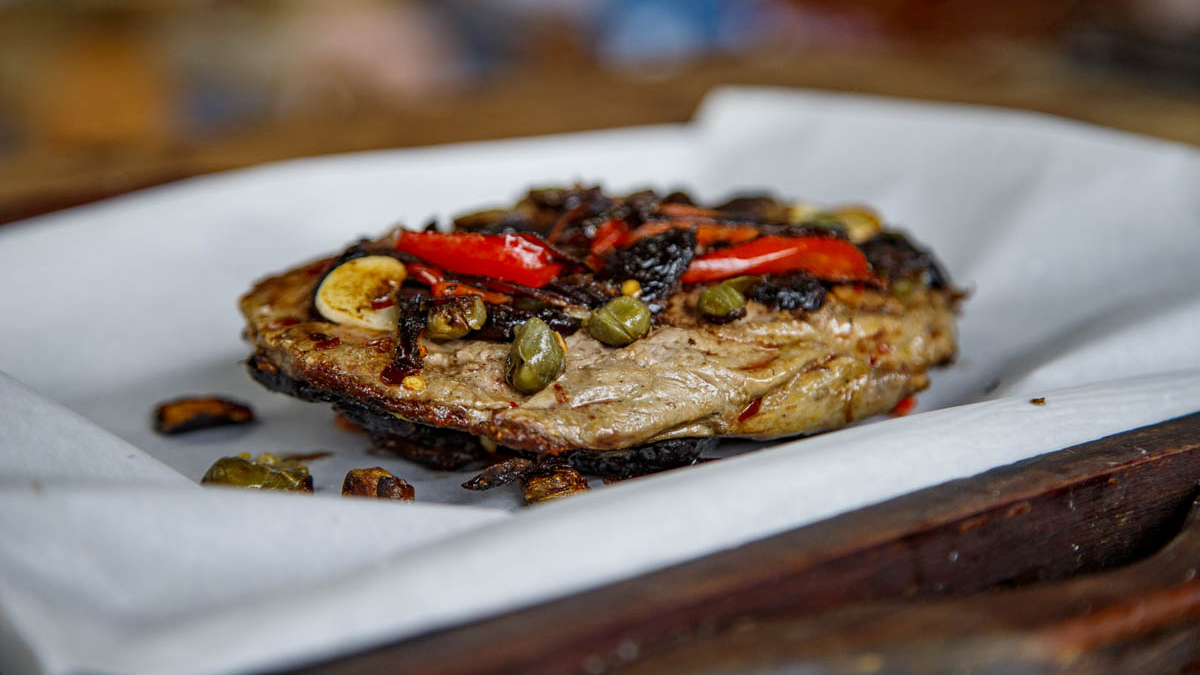
A beautiful steak dinner in under 20 minutes, you say? Francis loves to smash things, and here he teaches how to make this easy and unfussy steak, a dish that he began making over 25 years ago: Flattened tenderloin with capers, peppers, garlic, and black olives. You’ll learn how to respect the steaks’ placement on the grill and the importance of keeping it undisturbed with no “flipping and flopping.”
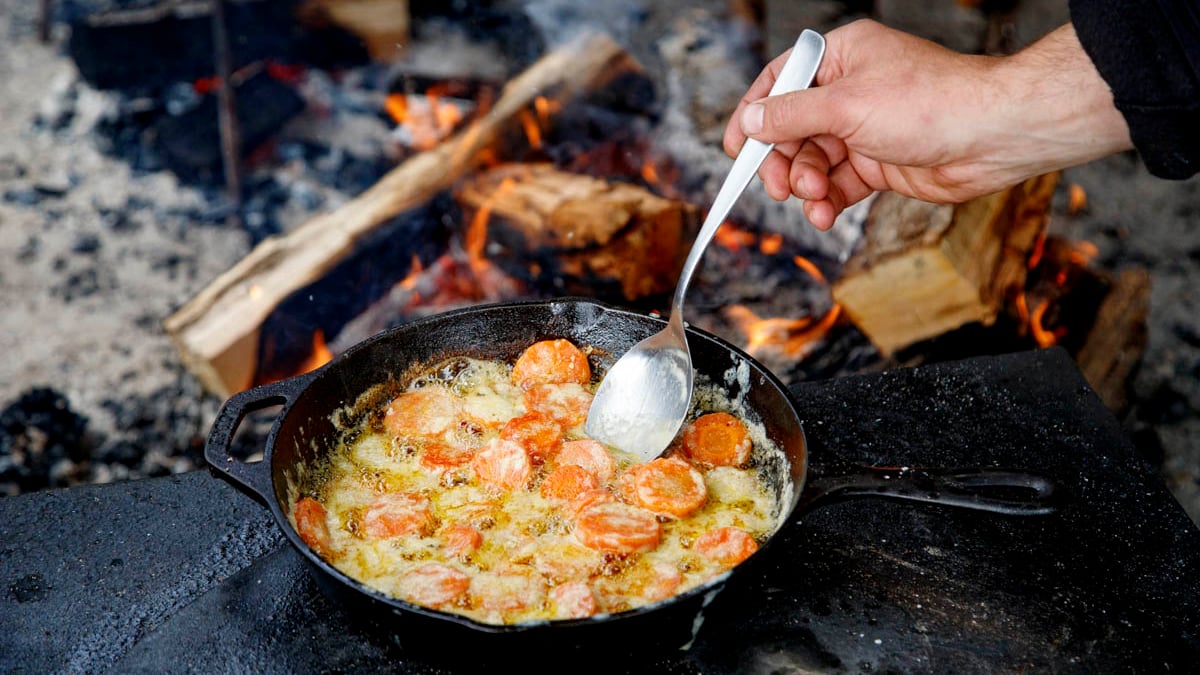
All you need is three carrots, a handful of thyme, a bit of cream, olive oil, and a cast iron pan to make Francis’s latest hit vegetarian recipe. You’ve never tasted carrots quite like these.
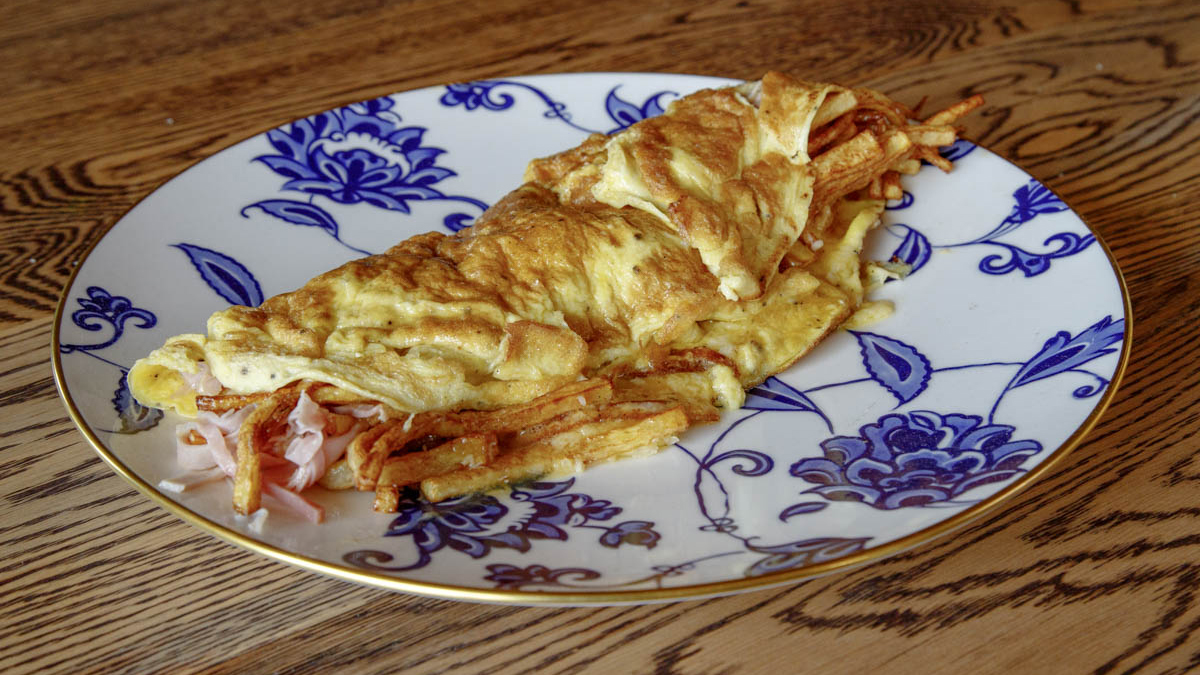
“Eggs, potatoes, cheese, ham, can’t get better than that!” – Francis Mallmann. Revuelto gramajo is a Buenos Aires classic, most commonly found across the country in neighborhood bodegones (Argentine cantinas). Francis puts his own spin on this scrambler-hash hybrid that resembles an omelette, but stays true to its original ingredients: eggs, ham, and fried shoestring potatoes. This dish, however, can be adapted to use ingredients on hand, including fresh peas and slices of chicken or prosciutto. Even though in Argentina revuelto gramajo is eaten for lunch or dinner, we bet this mind-blowing dish will be a total brunch game-changer to your cooking repertoire.
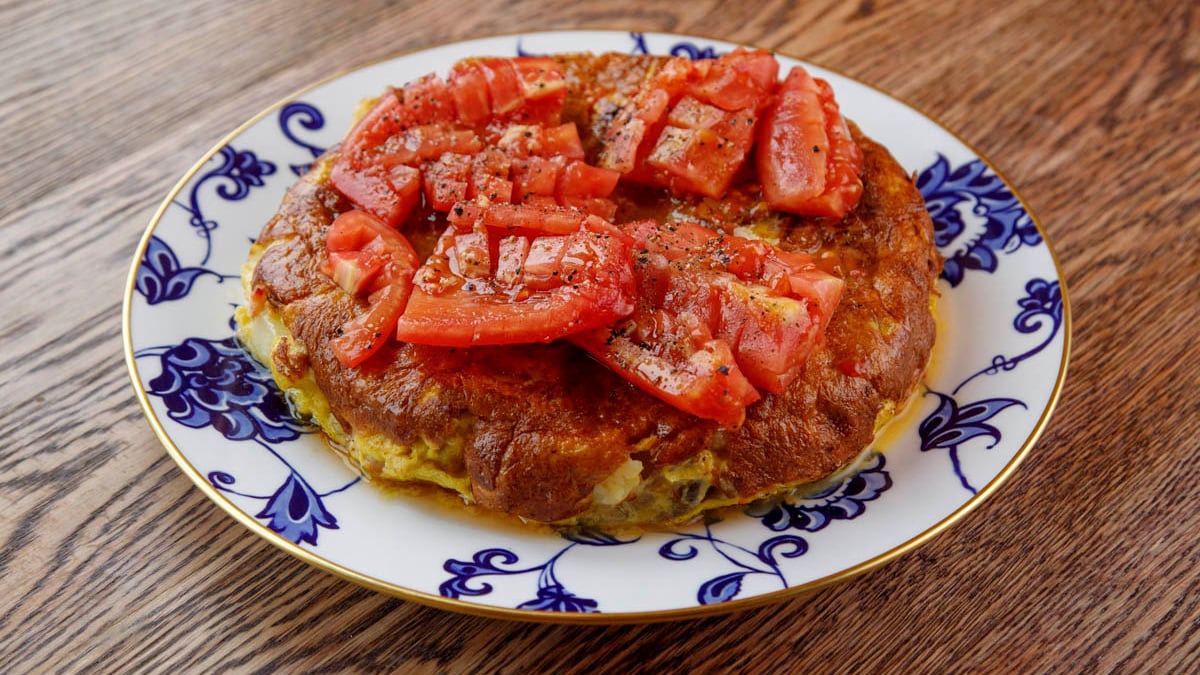
Argentina is heavily influenced by Spanish cuisine. It’s common to find the tortilla, a potato, onion, and egg Spanish omelette, at most every bodegón (Argentine cantina). Even though Francis has made many tortillas in his life, he says he only understood the true technique of the tortilla a few years ago when he observed a Spanish lady making it. Now, he shares this favorite tortilla recipe with you. While it’s possible to use any onions available, Francis’s secret is combining three types of onions. He also shares his tips on how to flip it and cook it to perfection.
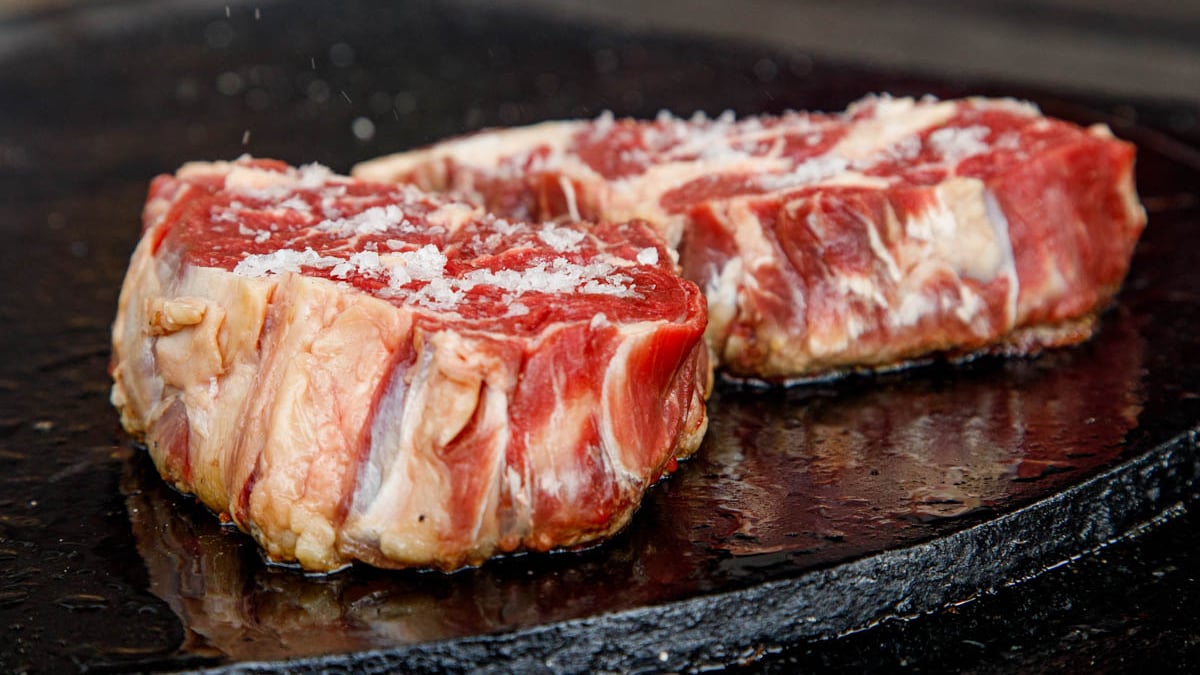
Watch and learn from the master of meat the core principles of live-fire cooking, using the cast iron surface to develop a perfectly caramelized exterior.
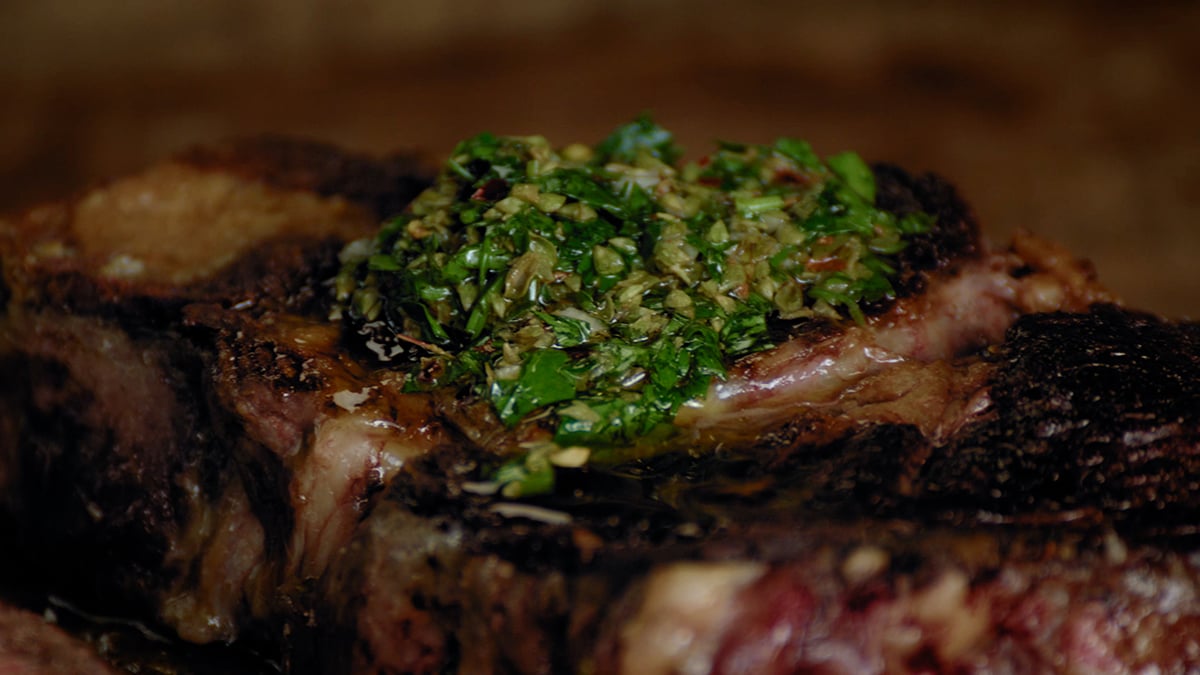
Learn how to make the traditional Argentinean herbaceous sauce that goes alongside any steak, or other grilled meats.
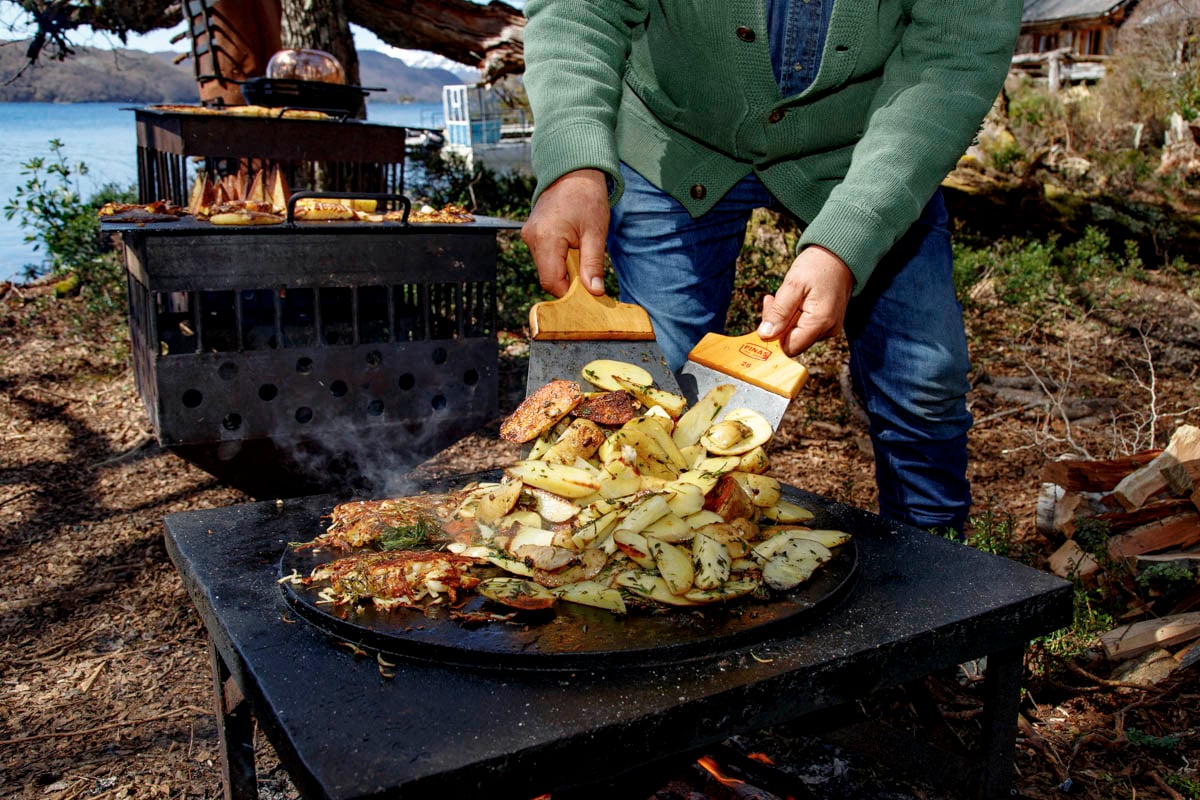
Don’t throw out your potato scraps, make a meal out of it! Zero waste is always the way to go.
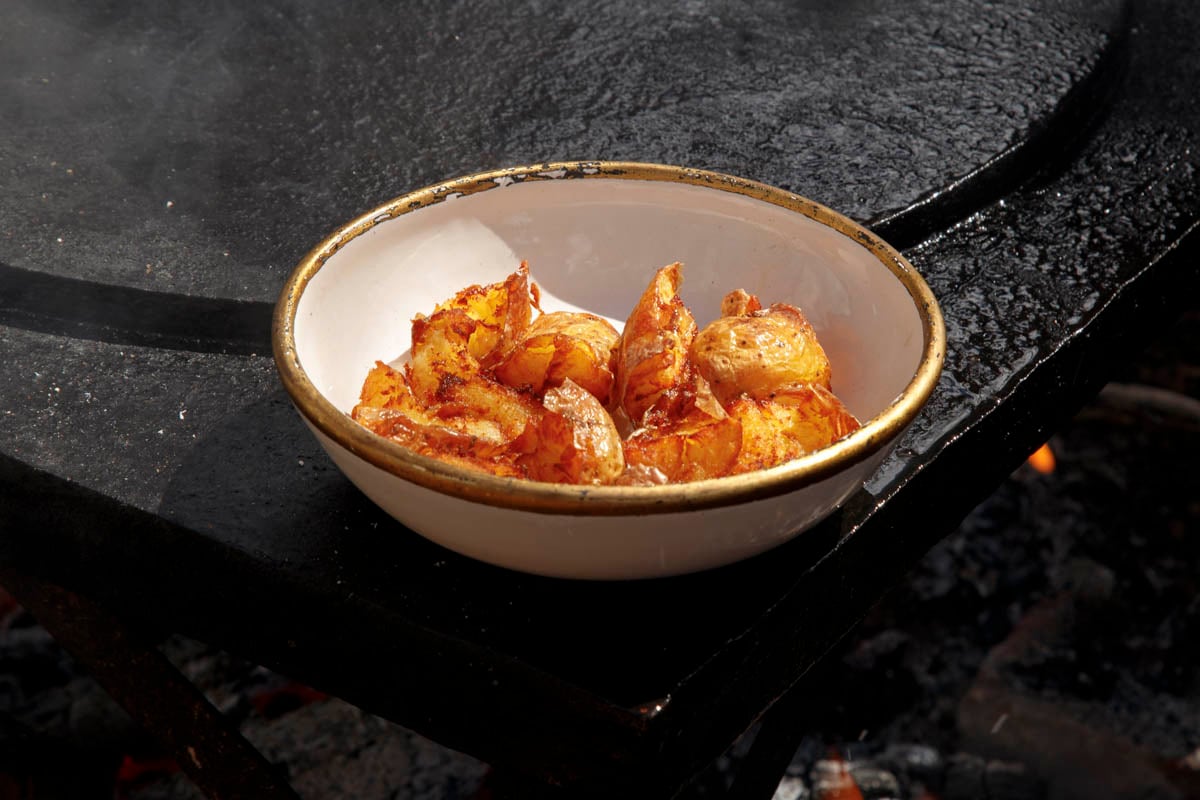
For the dreamiest potatoes with creamy insides and very crispy outsides, follow Francis’s easy recipe.
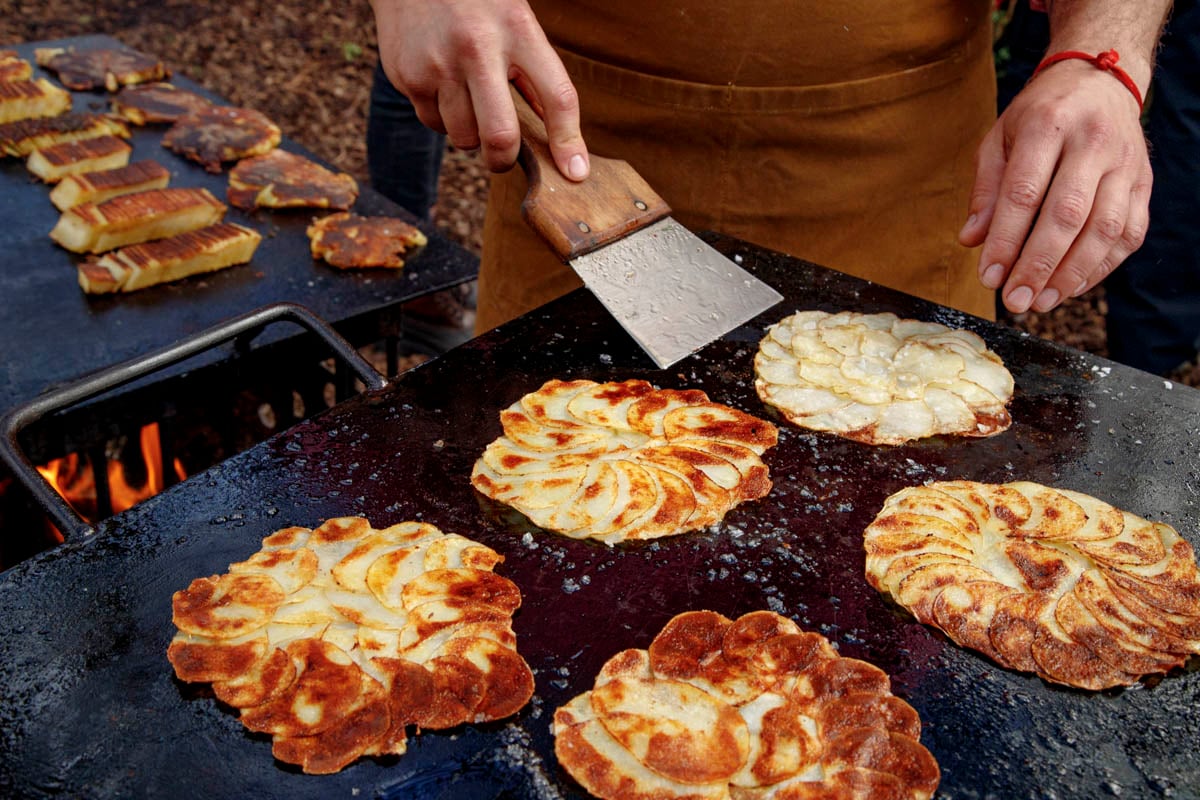
On the hunt for a stunning side dish? Place this cake-like potato dish on the table to totally wow guests.
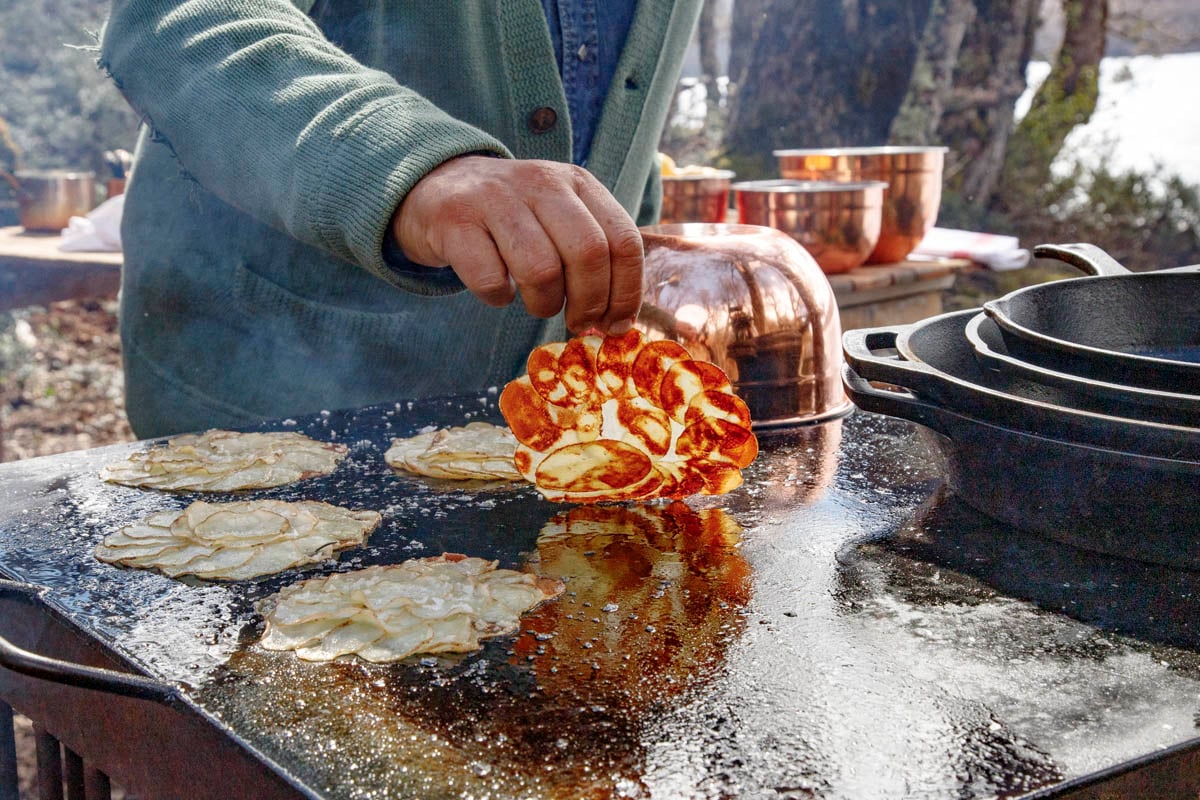
Practice your knife skills to thinly slice the potatoes, or use a mandolin. It’s incredibly easy to make and will turn simple potatoes into a showstopper.
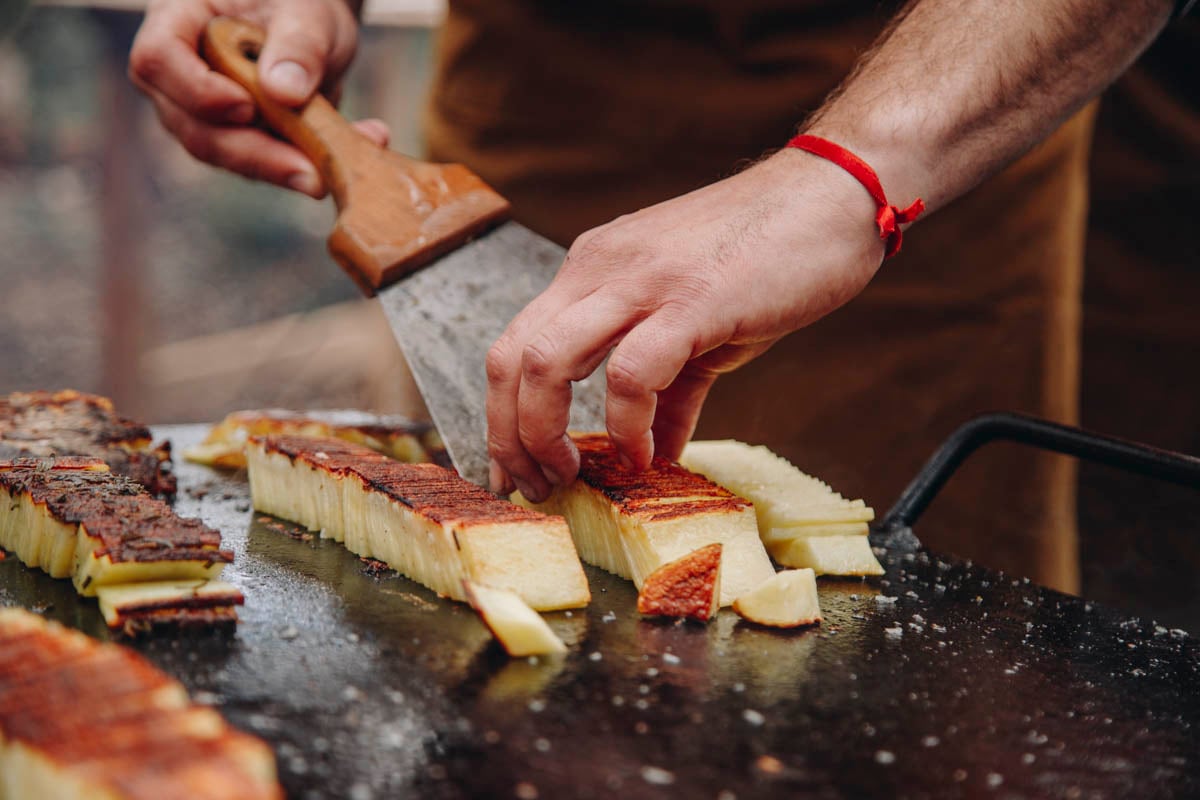
Francis cooks a lot of potatoes, but this might be his most famous. Learn how to thinly slice the potatoes and carefully cook them in butter. The result? A crisp potato with golden edges and tender insides that catches the eye.
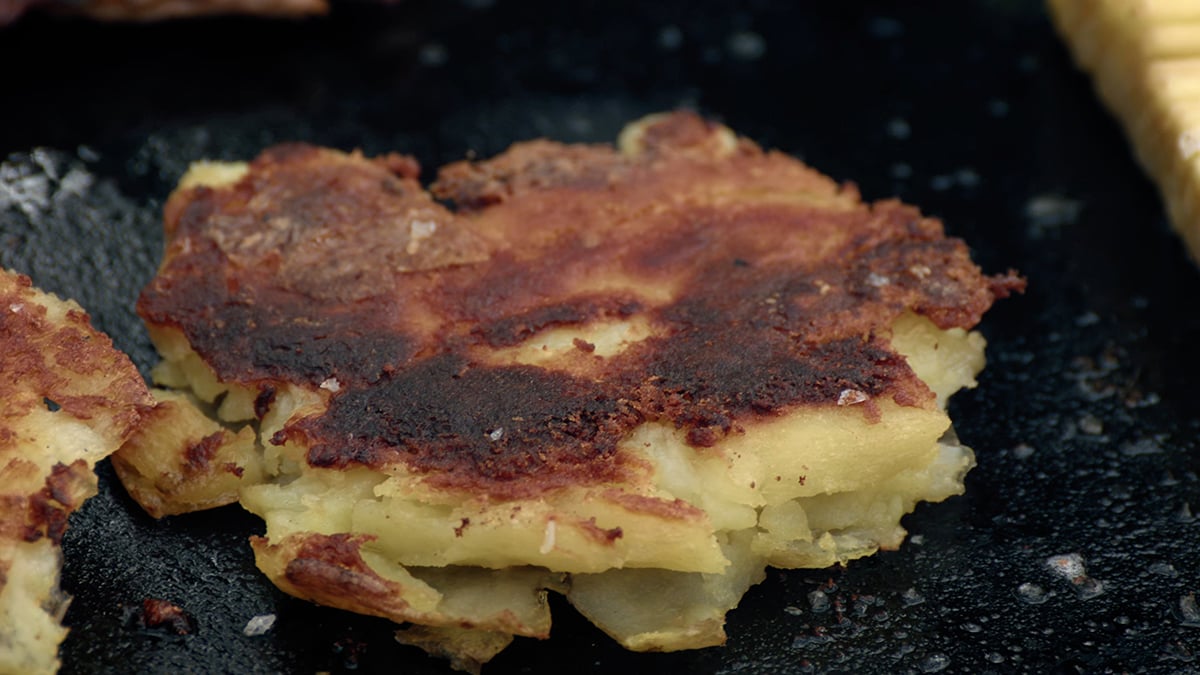
Smashed potatoes are the perfect crispy side dish. Serve alongside steak, fish, or chicken.
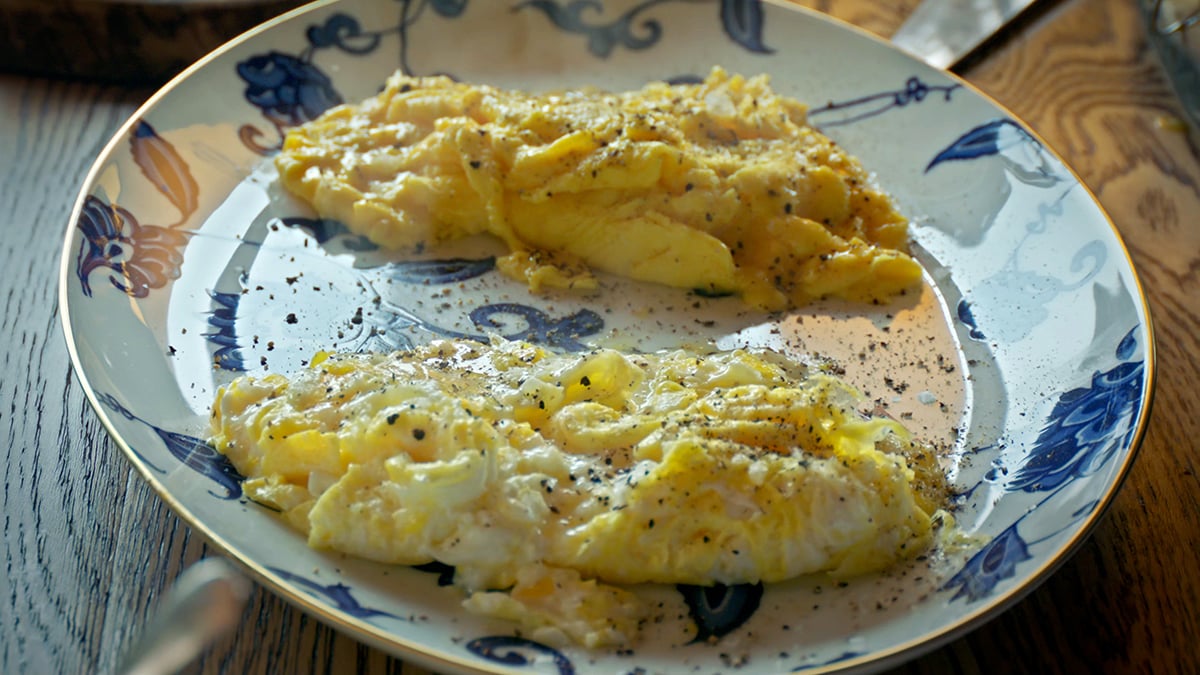
Francis shows you his broken style scrambled eggs, which you do right in the pan with a fork.
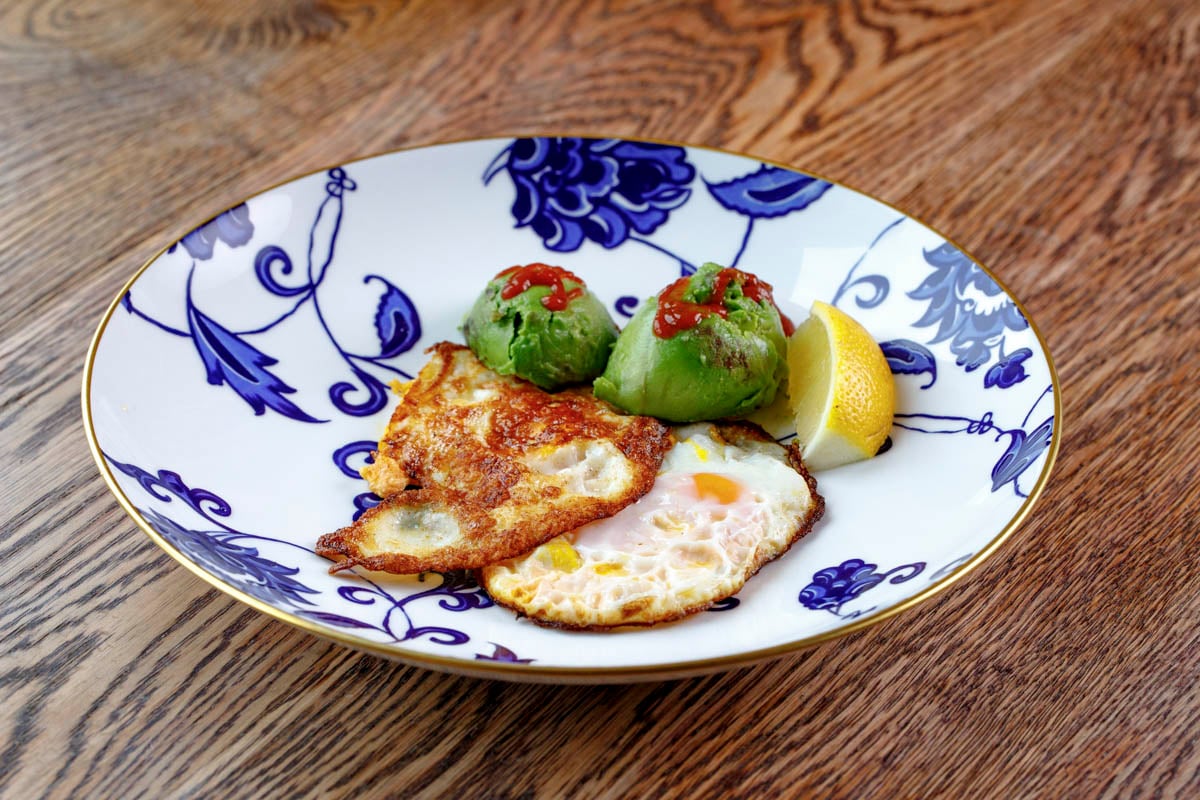
When it comes to fried eggs, he likes to serve them elegantly in butter and fry them until crispy. The crispy fried eggs are then served with angelic avocado and devilish sriracha to give the dish some balance and contrast.
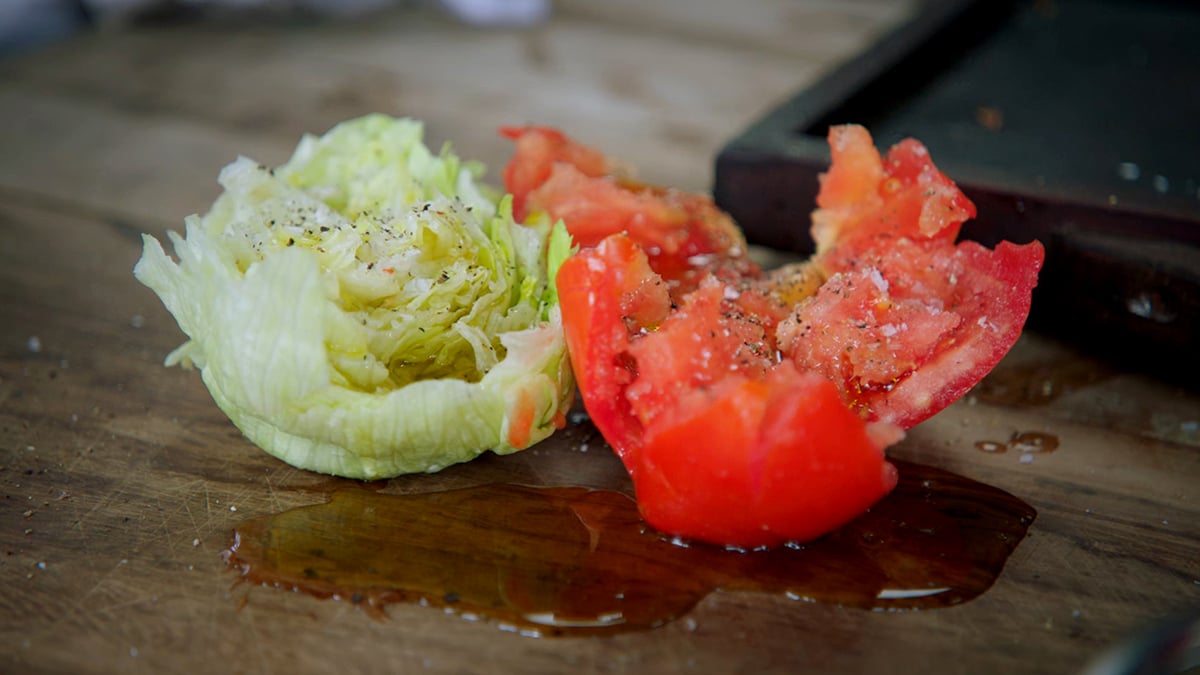
In quintessential Mallmann fashion, serve the milanesa alongside a simple, fresh, and untidy with a “Picasso”-style lettuce and tomato salad.
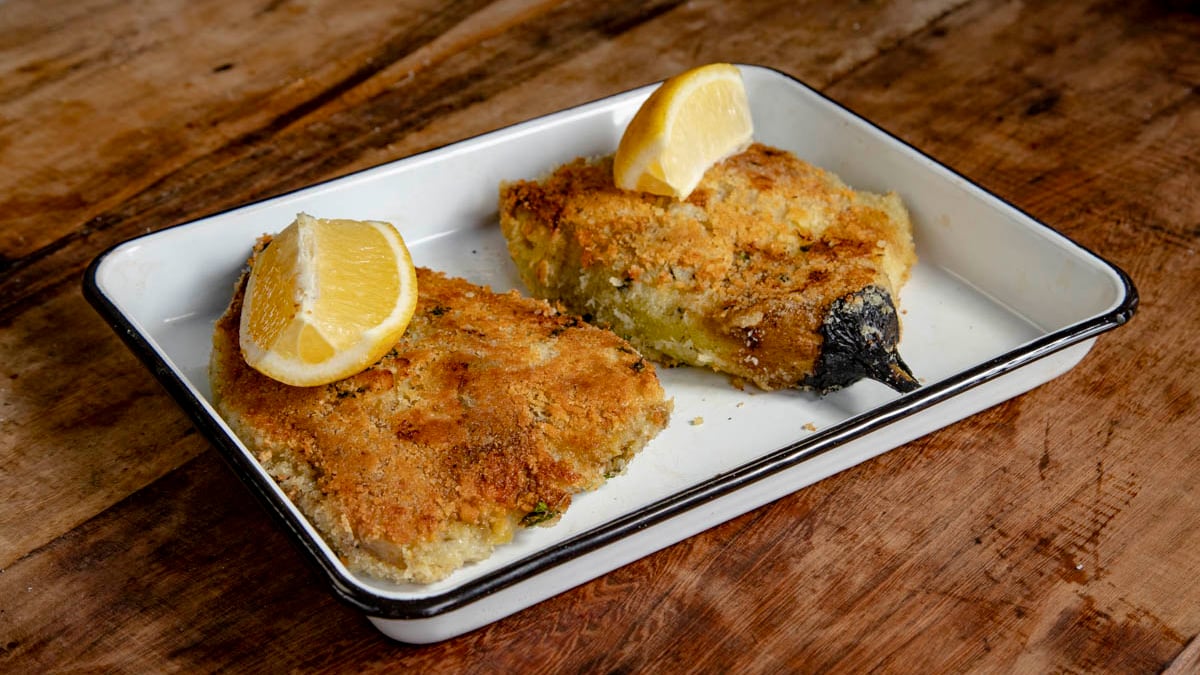
Join Francis as he teaches all the secrets of how to make his version of the humble bodegón (Argentine cantina) classic including which cut of beef is best to use, the techniques of how to pound it, how to make homemade breadcrumbs, and the steps to pan sear it in clarified butter.
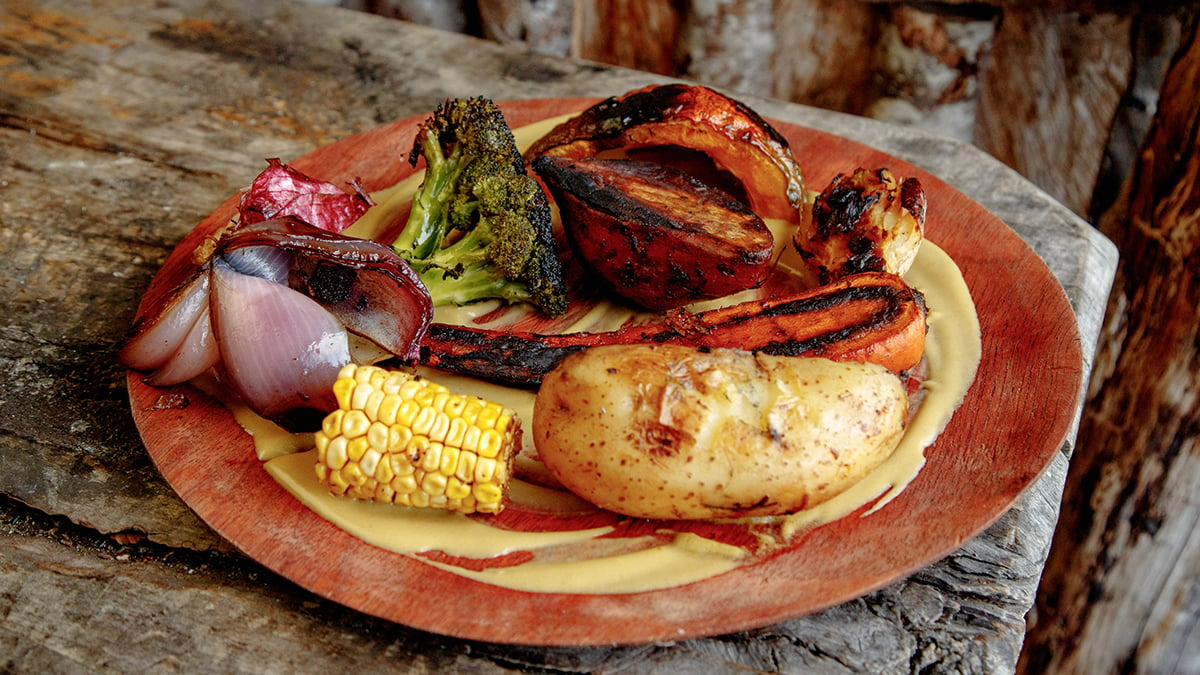
Whip up a wonderfully versatile mustard vinaigrette that you’ll want to put on everything.
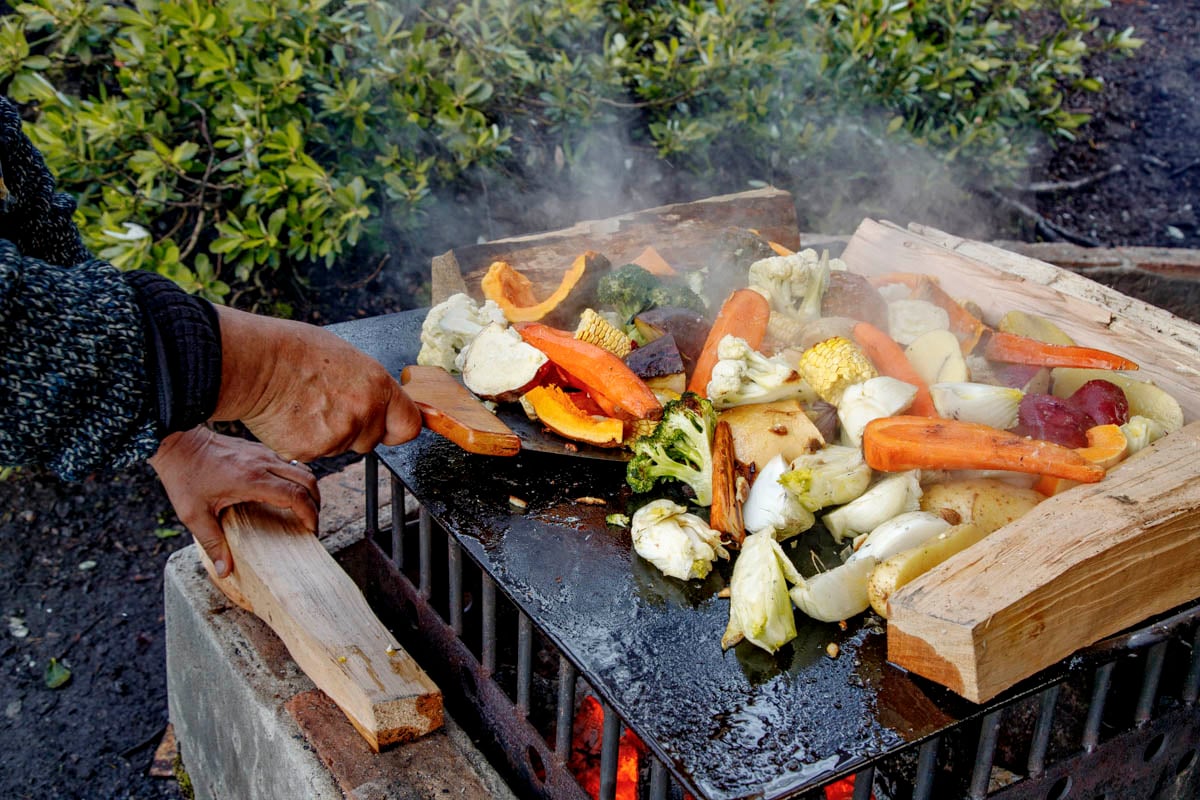
Learn how to perfectly choose, cut, and cook fresh vegetables on the plancha. Feel free to swap any veggies for your personal favorites or whatever you have in the fridge.
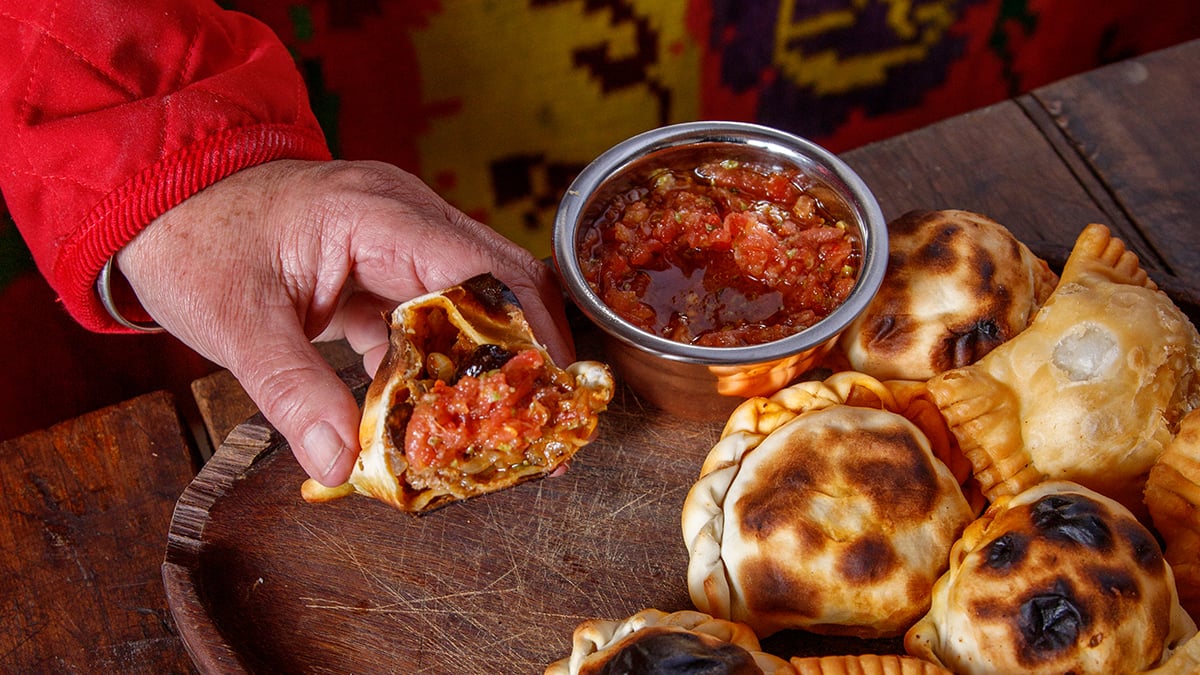
No empanada is complete without llajua sauce, a spicy empanada dipping sauce popular in Northern Argentina and Bolivia. It’s simple to make and incredibly flavorful, bringing an added punch to the empanadas.
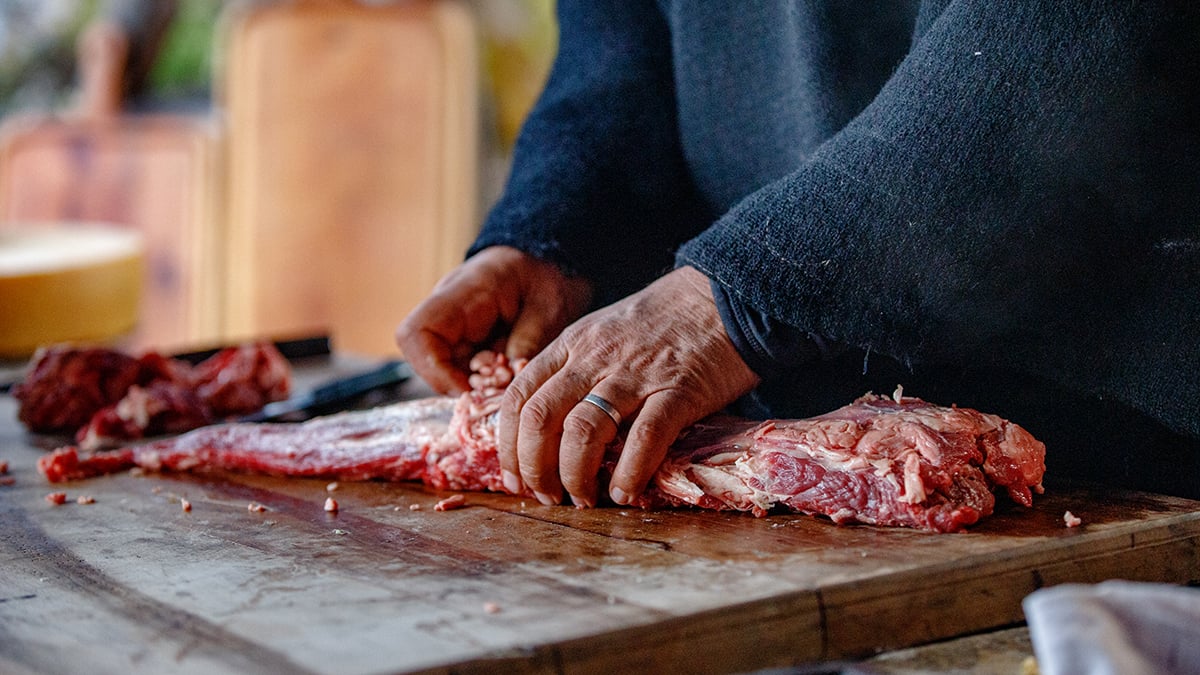
Venture across Argentina and you’ll find meat empanadas everywhere. Make Francis’s favorite recipe — it’s easy, delicious, and bursting with juicy flavor.
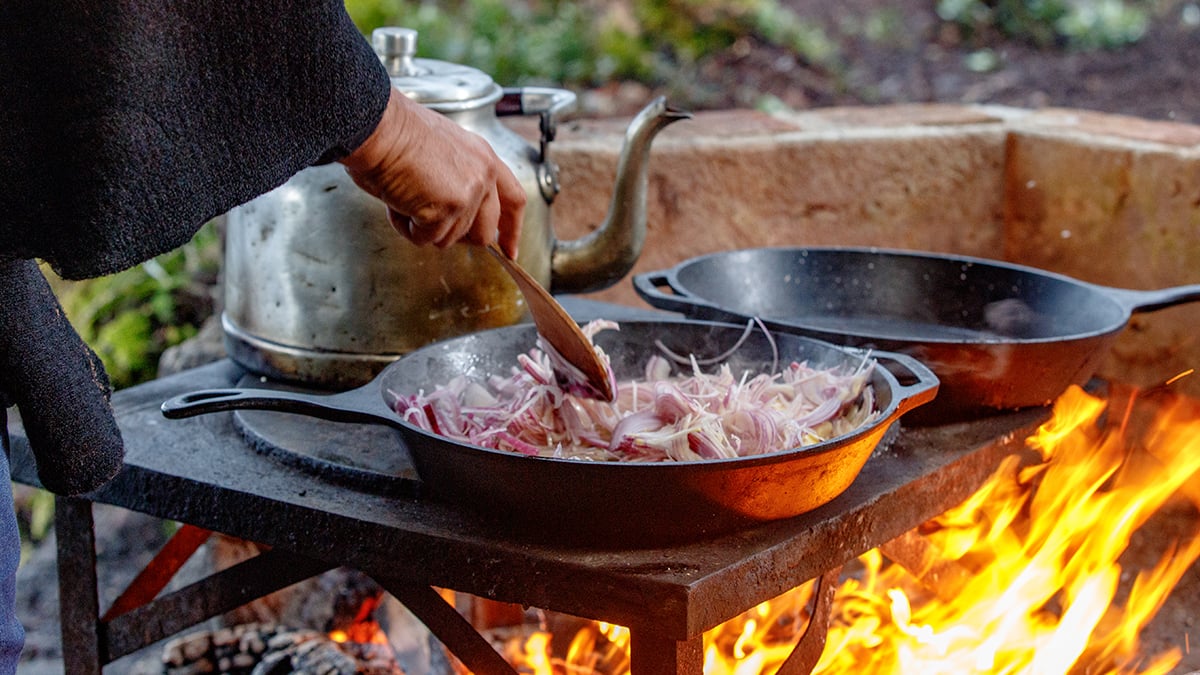
A classic filling for empanadas in Argentina, stuff the dough with a sweet and savory cheese and onion mixture. After it cooks, it will be oozing with delicious cheese.
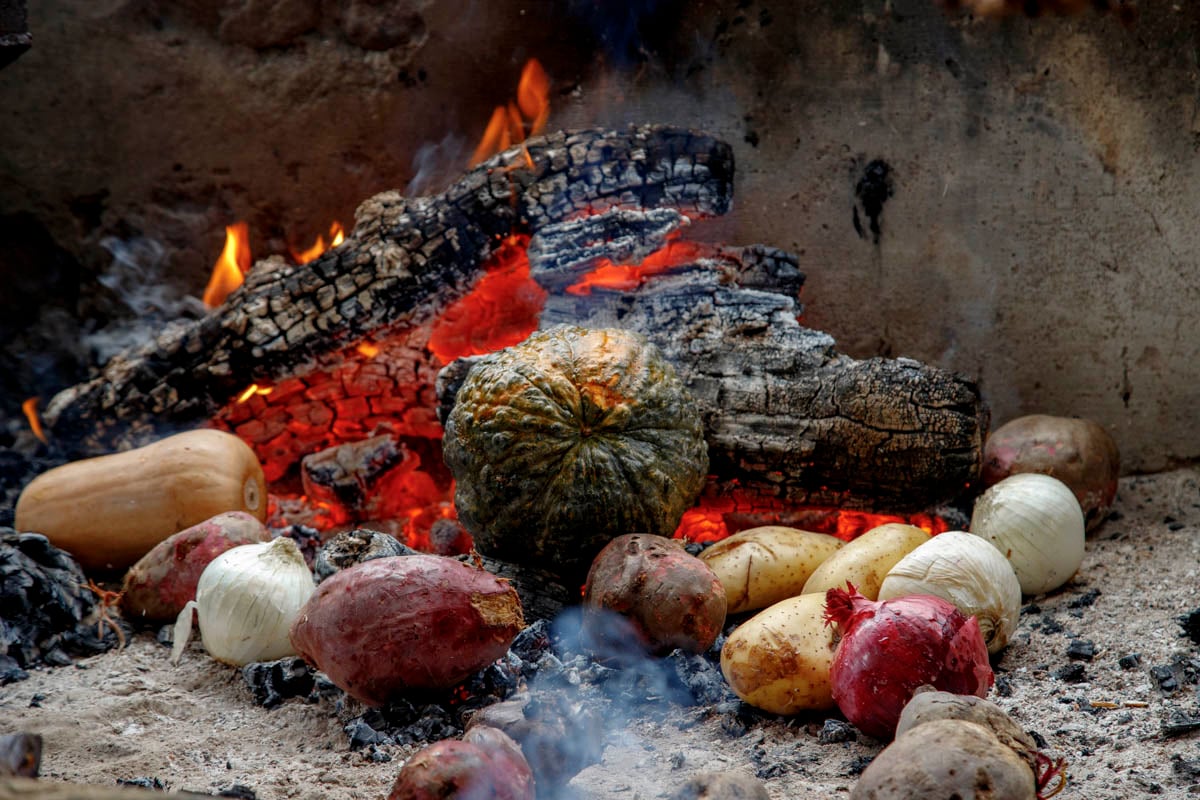
A great vegetarian side that will have everyone wanting more. Learn about the rescoldo method of cooking, burning vegetables in ashes.
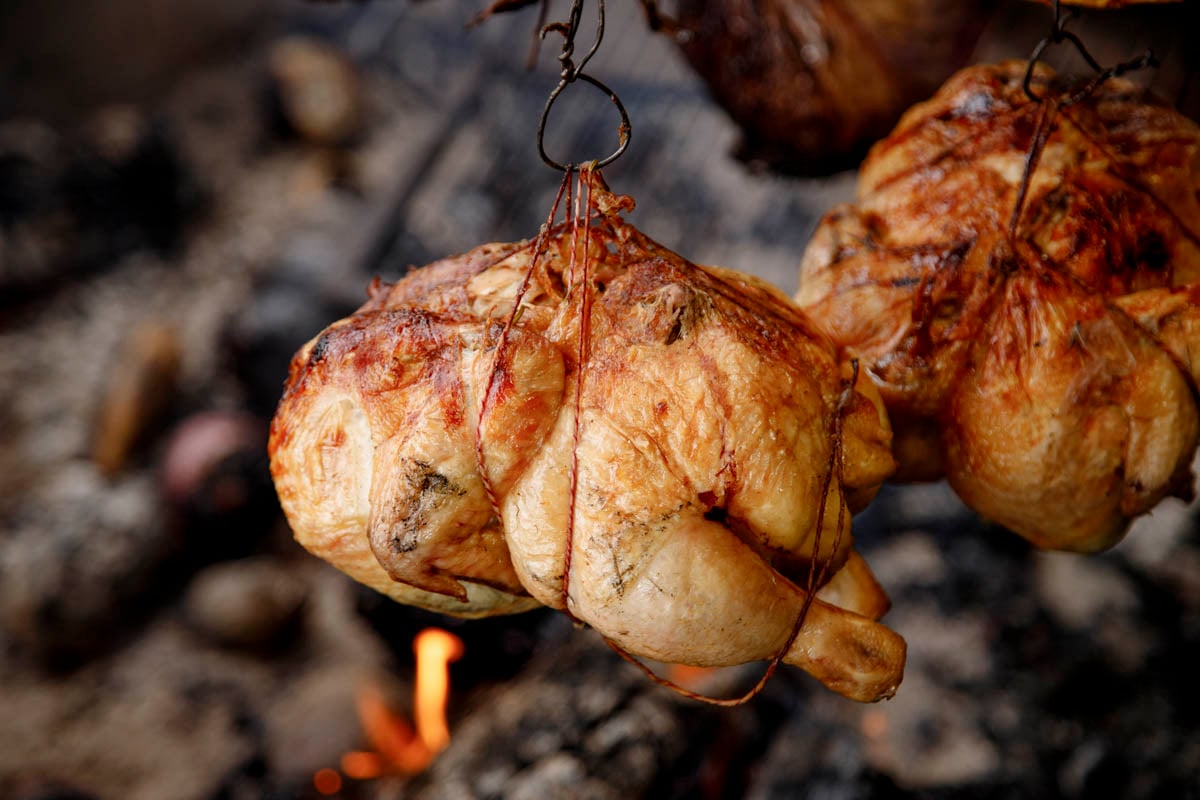
Whether you’re hanging the chickens over the open-fire like Francis, or roasting it in your own home oven, you’ll learn how to make this festive and comforting dish that is ideal for the holidays or any special occasion.
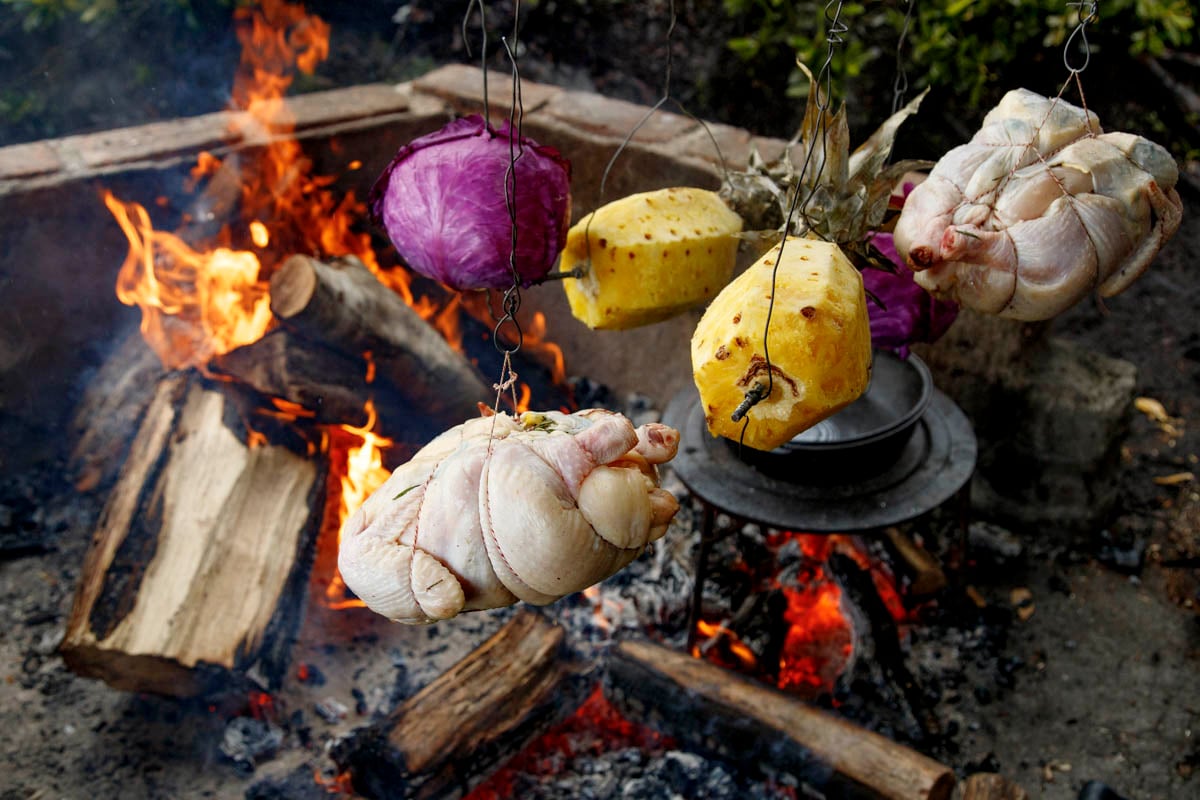
Join Francis in his quincho, the outdoor kitchen, as he teaches two of his seven live-fire signature cooking techniques: hanging and slowly roasting pineapple and cabbage over hot embers. Don’t have a vertical grill? No problem. He’ll teach how to cook it in the oven, too.
“Asado on Sundays is more like a ceremony than a meal. Asado is a religion in our country.” – @Francismallmann. It’s Sunday on the island and Francis and his team are preparing for a barbecue feast: Chorizos, steaks, ribs, sweetbreads, salads, and free-flowing red Argentine wine abound the table. In this short documentary, Francis takes you into his Patagonian world to see the true meaning of this sacred ritual that defines Argentine culture. Francis shows you how to grill, make all the barbecue sides and sauces, and most of course, the importance of being in good company.
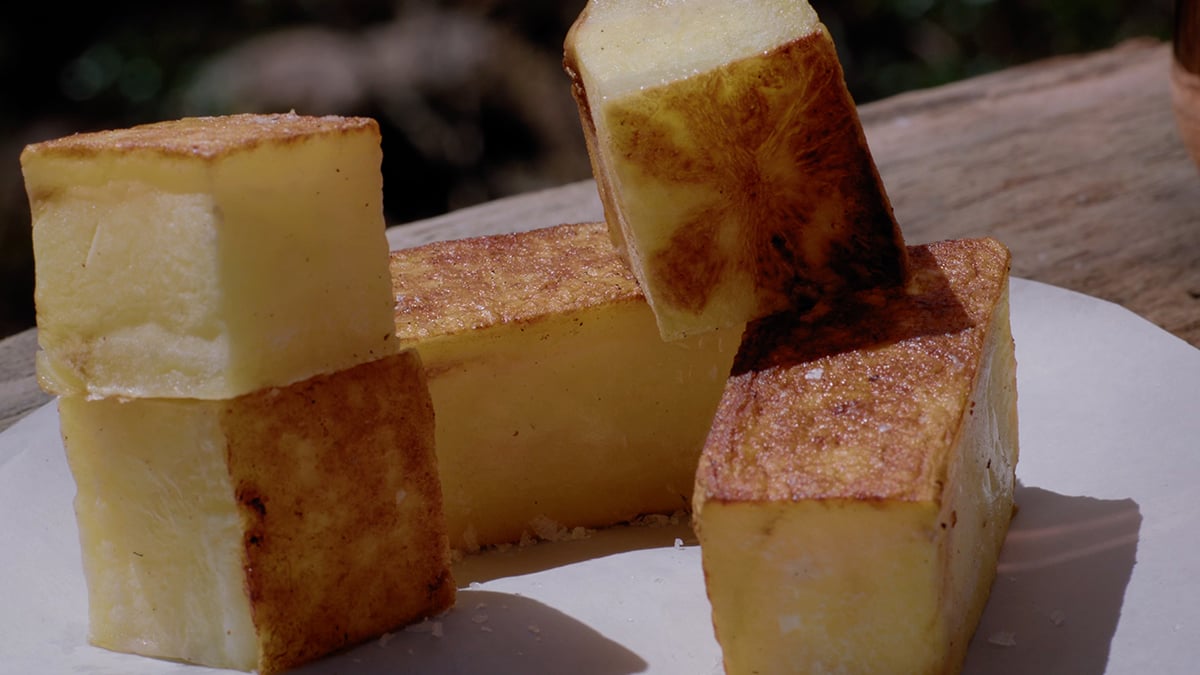
A wonderful riff on roasted potatoes, just be sure not to rinse potatoes because the starch is what will give them texture and color.
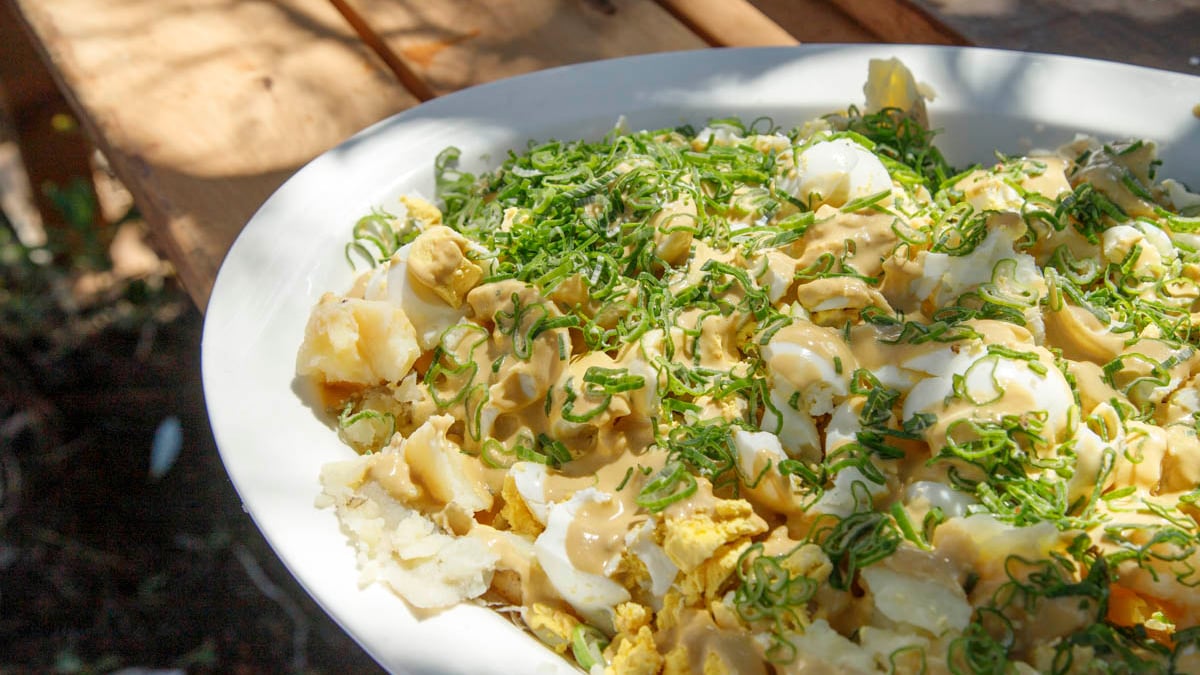
Discover how Francis Mallmann transforms classic potato salad with a tangy mustard vinaigrette in his signature Argentine BBQ style
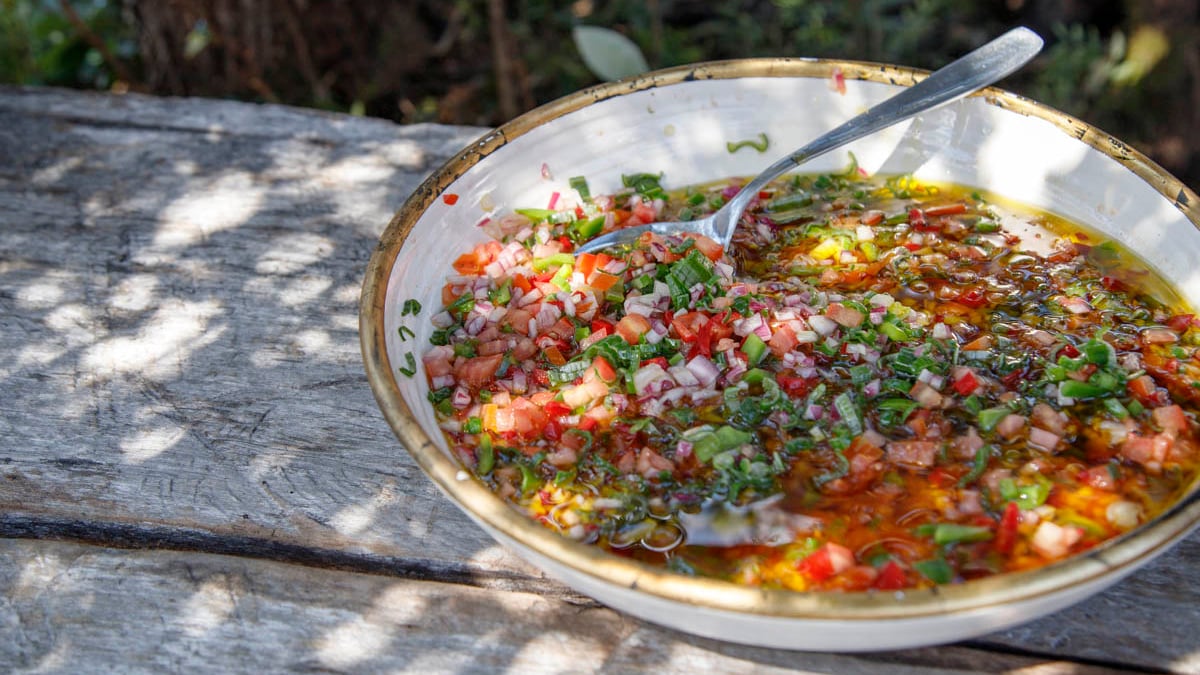
Learn how chef Francis Mallmann prepares authentic Salsa Criolla, the essential Argentine sauce for every Asado

Learn how chef Francis Mallmann and sous chef Ricki Motta make clarified butter for crispier, richer dishes
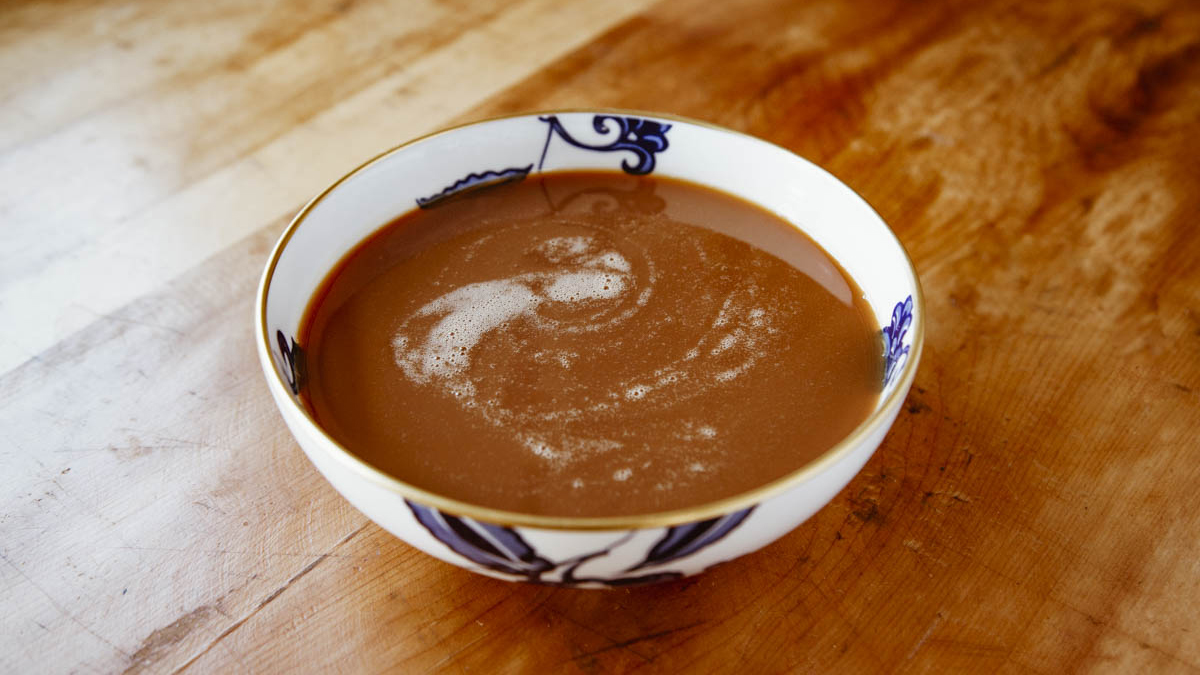
Learn how to make homemade dulce de leche with Francis Mallmann’s sous chef Ricki Motta and bring a taste of Argentina’s favorite sweet to your kitchen
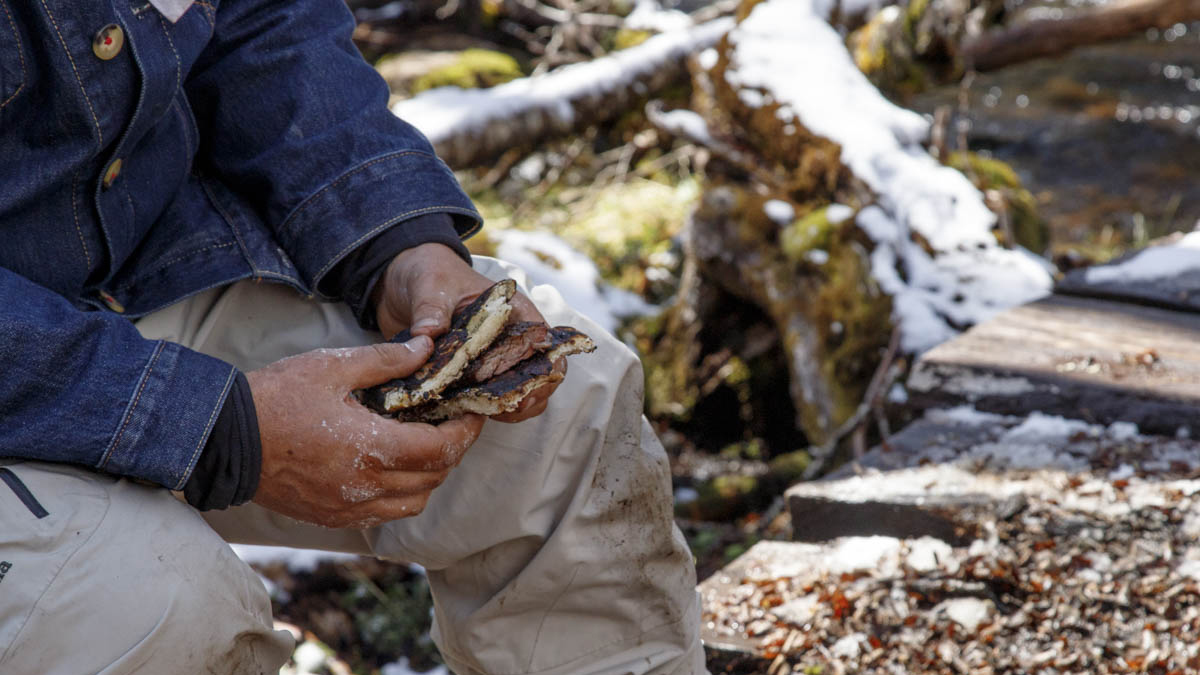
Learn how chef Francis Mallmann makes a Gaucho Steak Sandwich outdoors with skirt steak and burnt bread – simple and full of flavor
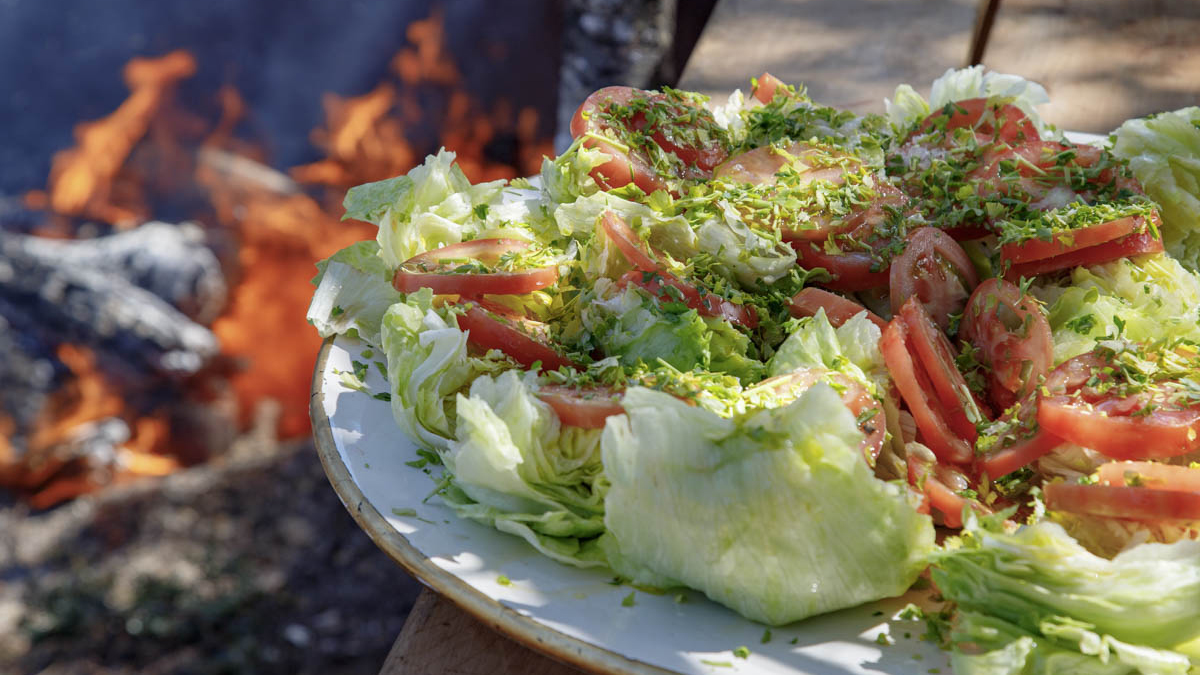
Discover how chef Francis Mallmann makes his simple, noble Ensalada Mixta – Lettuce & Tomato Salad
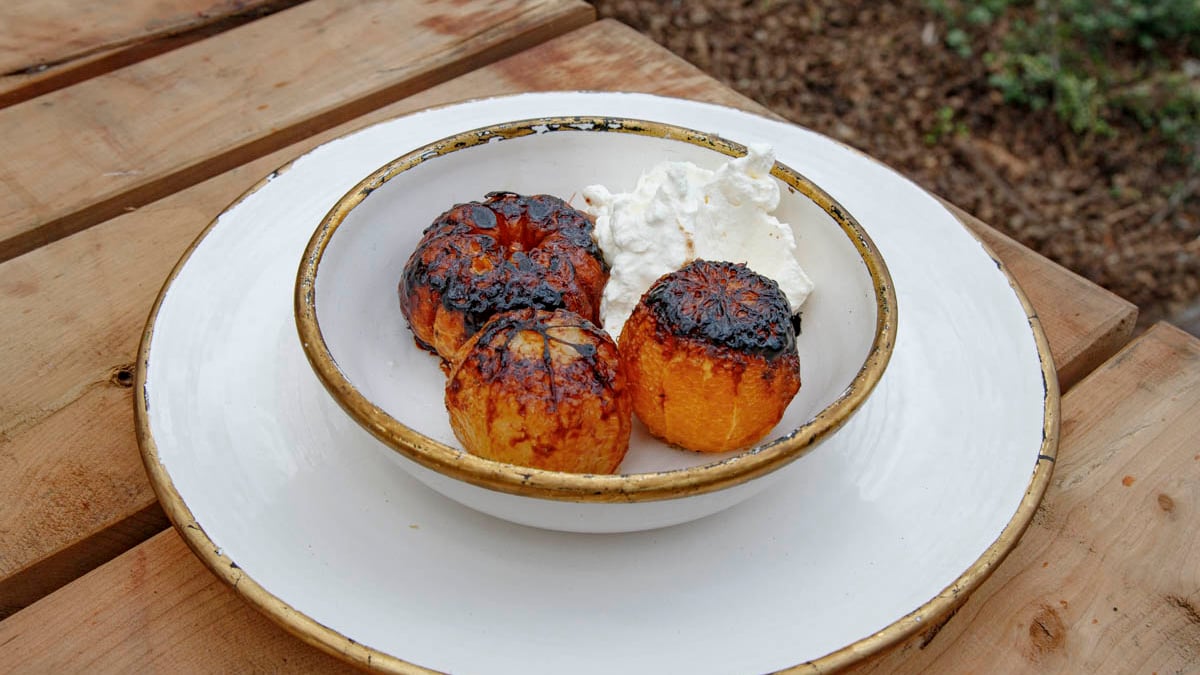
Learn how to make Burnt Fruit with Cream with chef Francis Mallmann and elevate your dessert game with this fresh, flavorful, and simple recipe
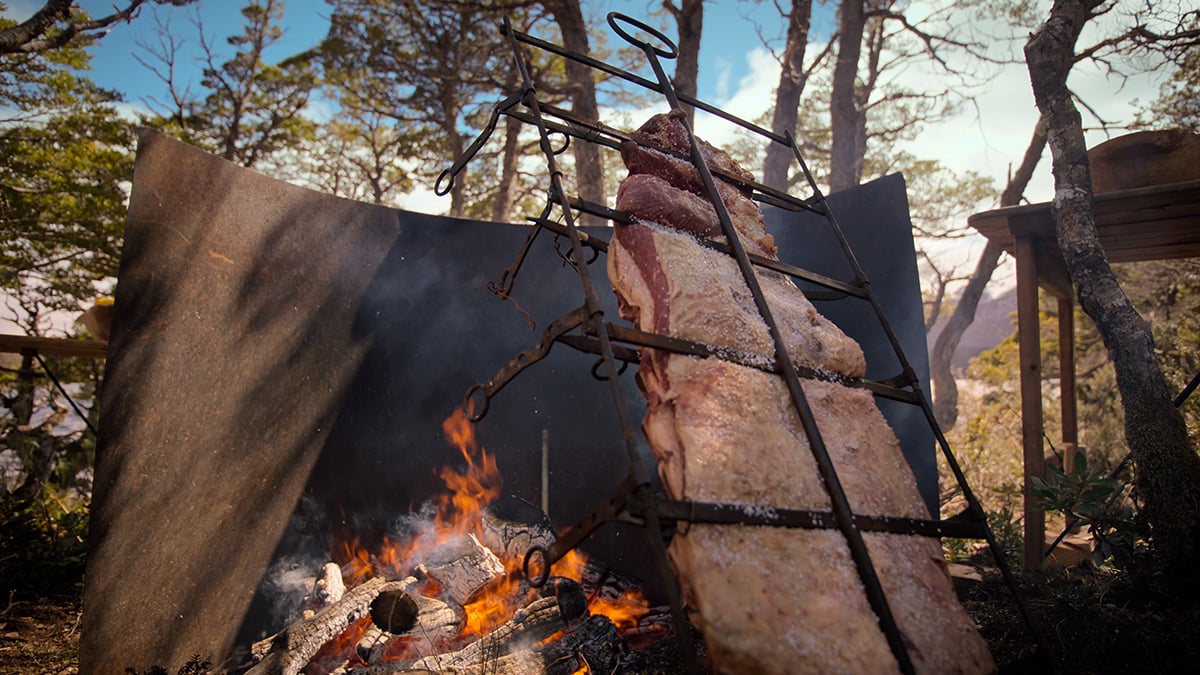
Join Francis Mallmann as he reveals the art of Sunday Asado with authentic Argentine barbecue, chorizos, steaks, and more
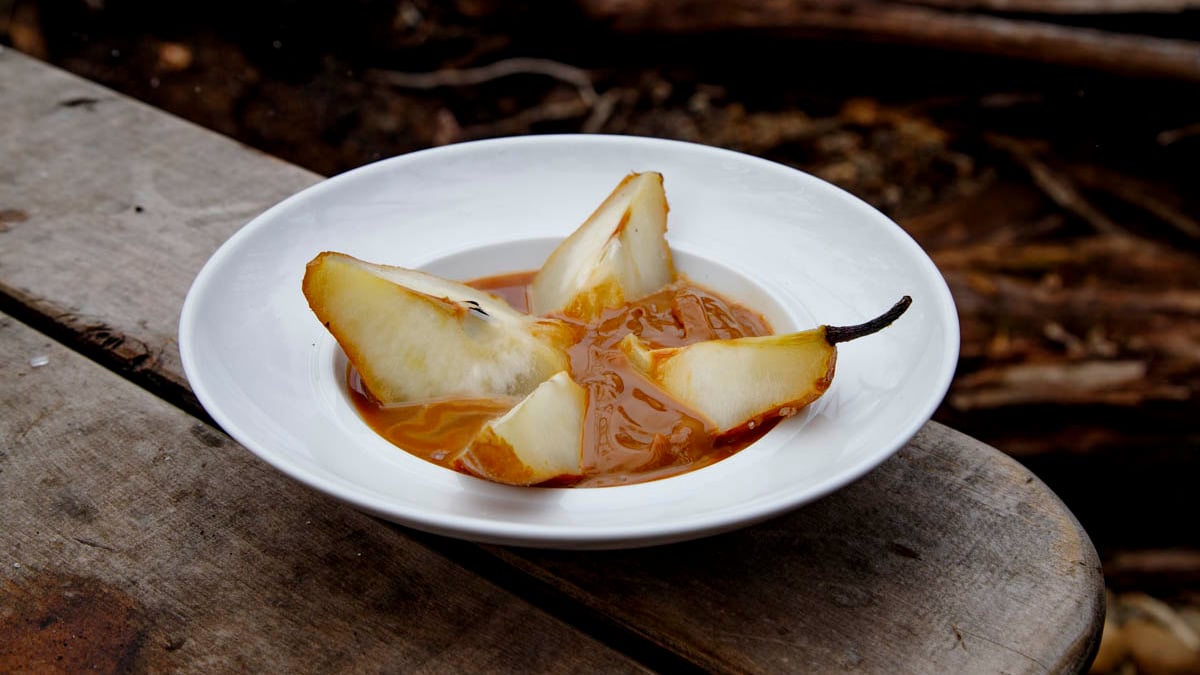
Learn how chef Francis Mallmann makes Salt-Crusted Pears with Dulce De Leche using only 3 ingredients and discover the secrets to this delicate dessert
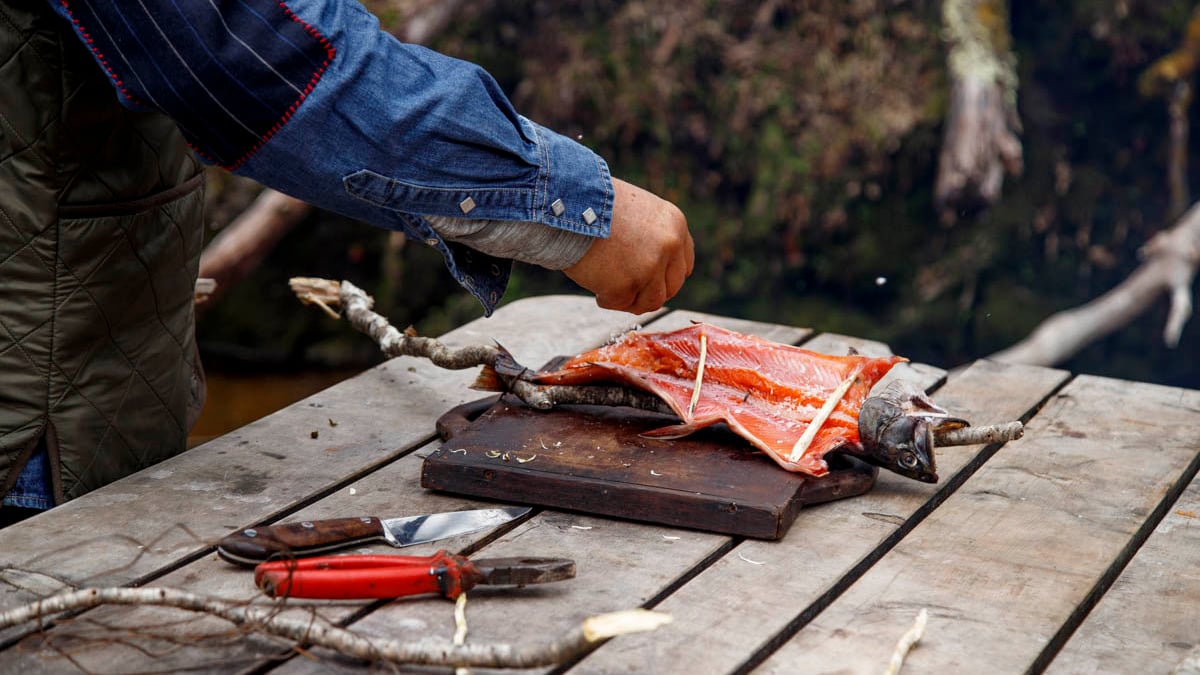
Join chef Francis Mallmann to master Asador Trout A La Vara cooked over open fire using only sticks and fresh trout – no pans needed
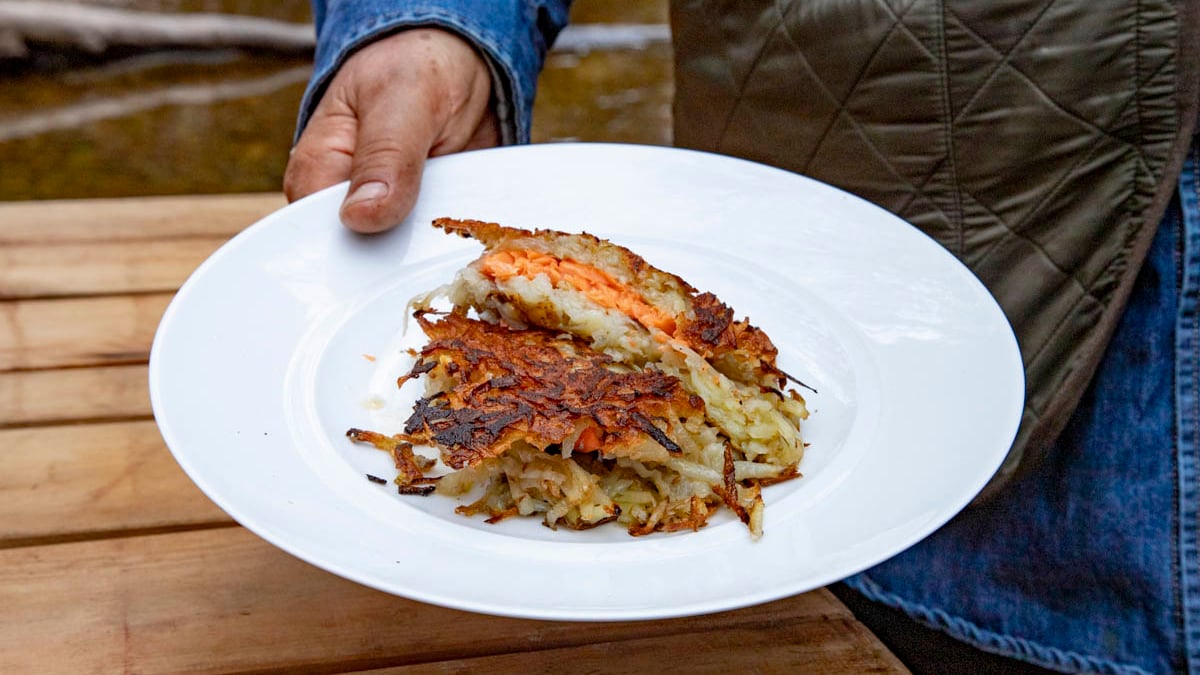
Discover how Francis Mallmann cooks trout fillets between crisp potato cakes and perfects fish filleting in his Trout-Stuffed Rösti recipe
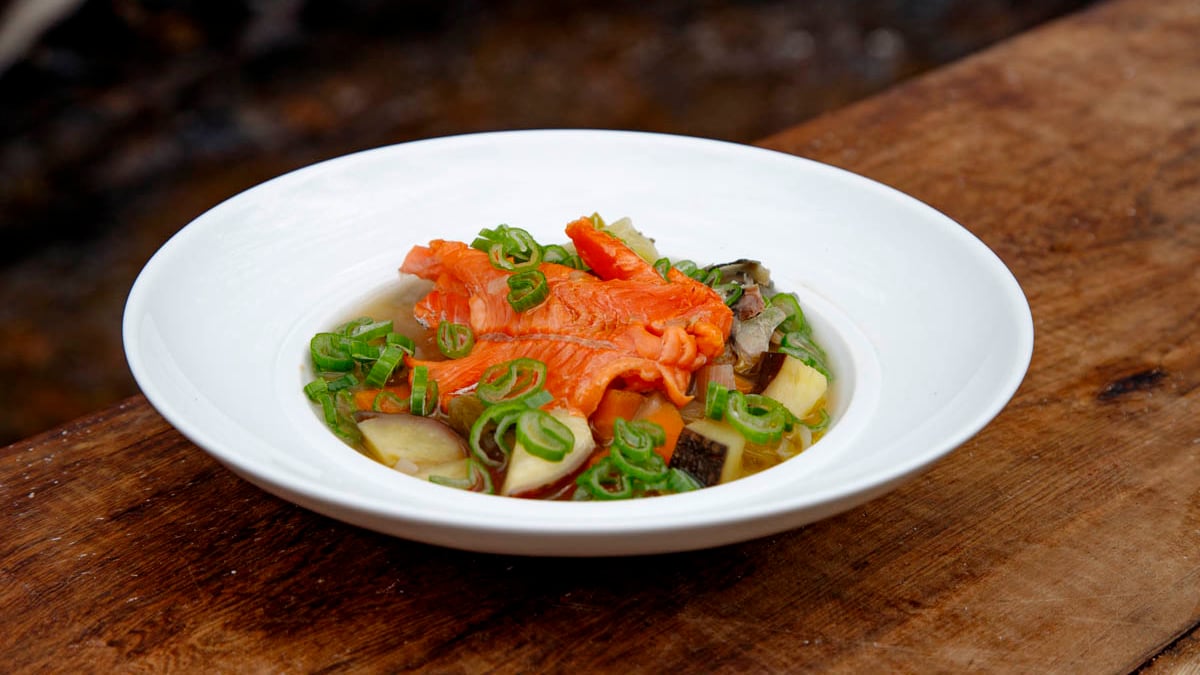
Learn to make Chupín de Trucha – Fisherman’s Soup with chef Francis Mallmann and master rich, layered flavors from fresh fish, bones, and simple ingredients
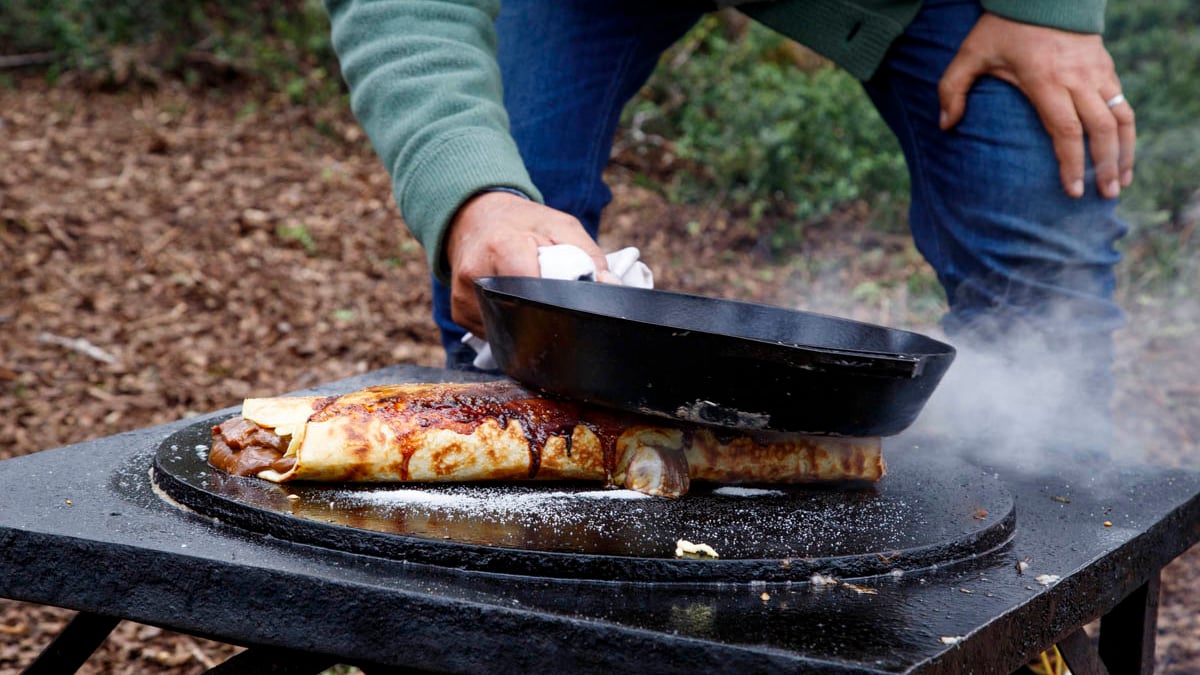
Learn how to make Dulce de Leche and Apple Pancakes with chef Francis Mallmann on YesChef
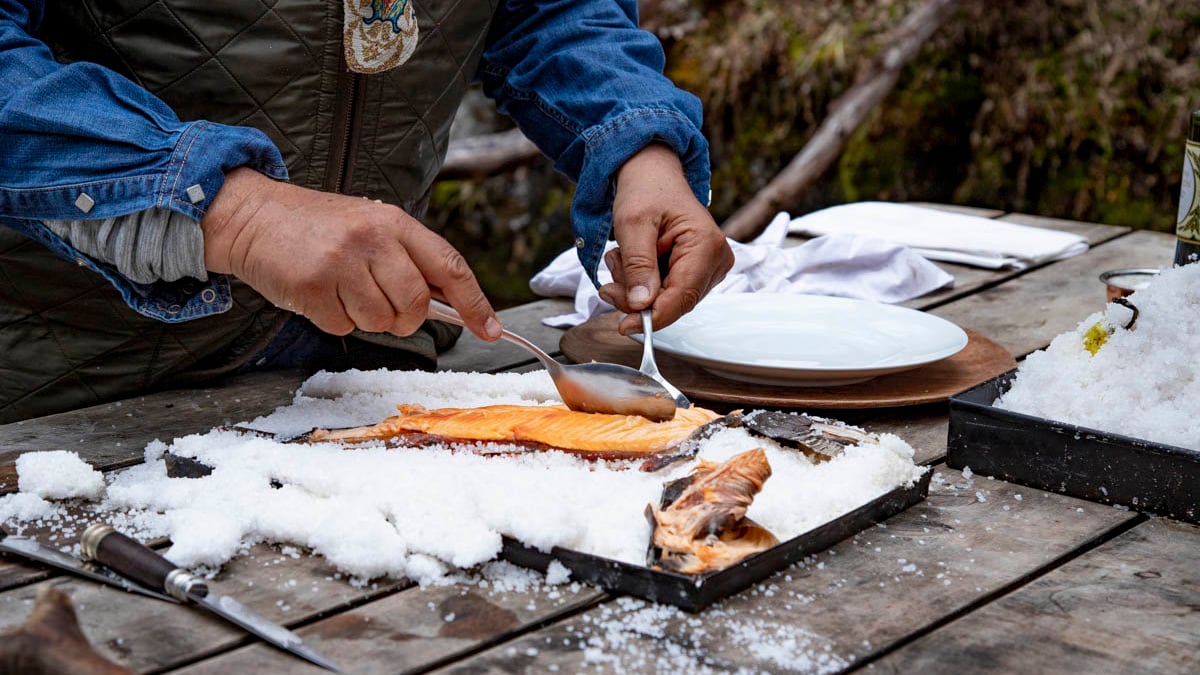
Join Francis Mallmann and master his salt-crusted trout recipe cooked over fire. Learn the secrets of the infiernillo oven tonight
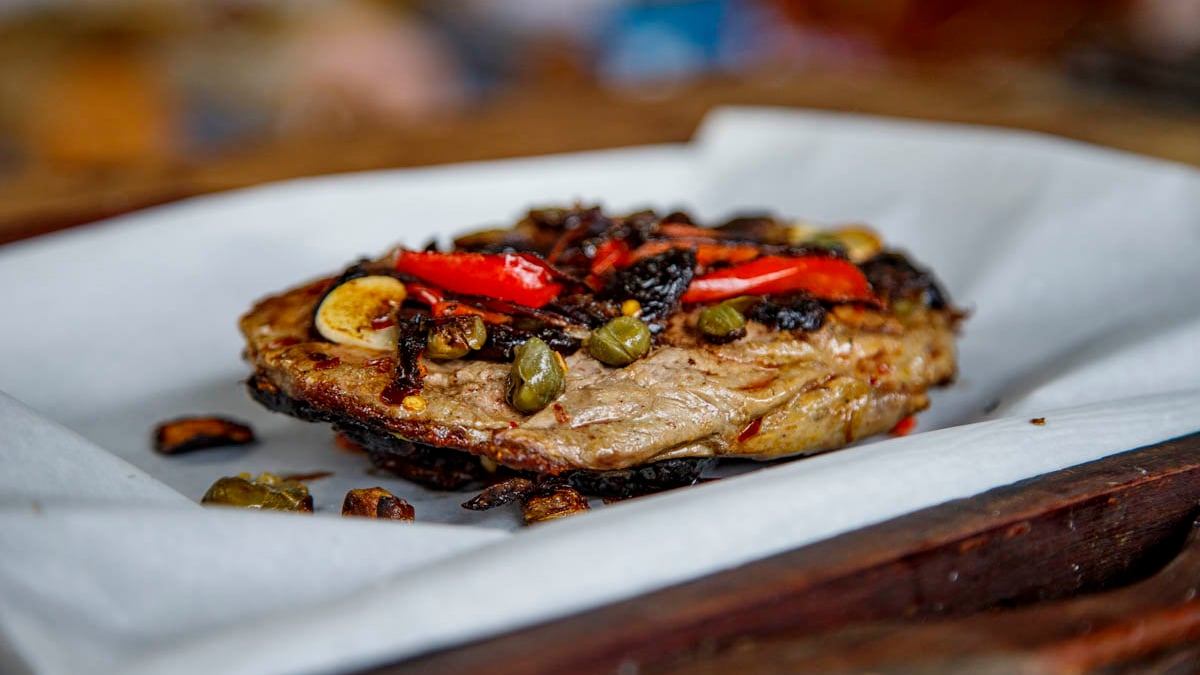
Learn to make Flattened Tenderloin – Lomo Aplastado with chef Francis Mallmann. Discover his simple steak technique perfected over 25 years
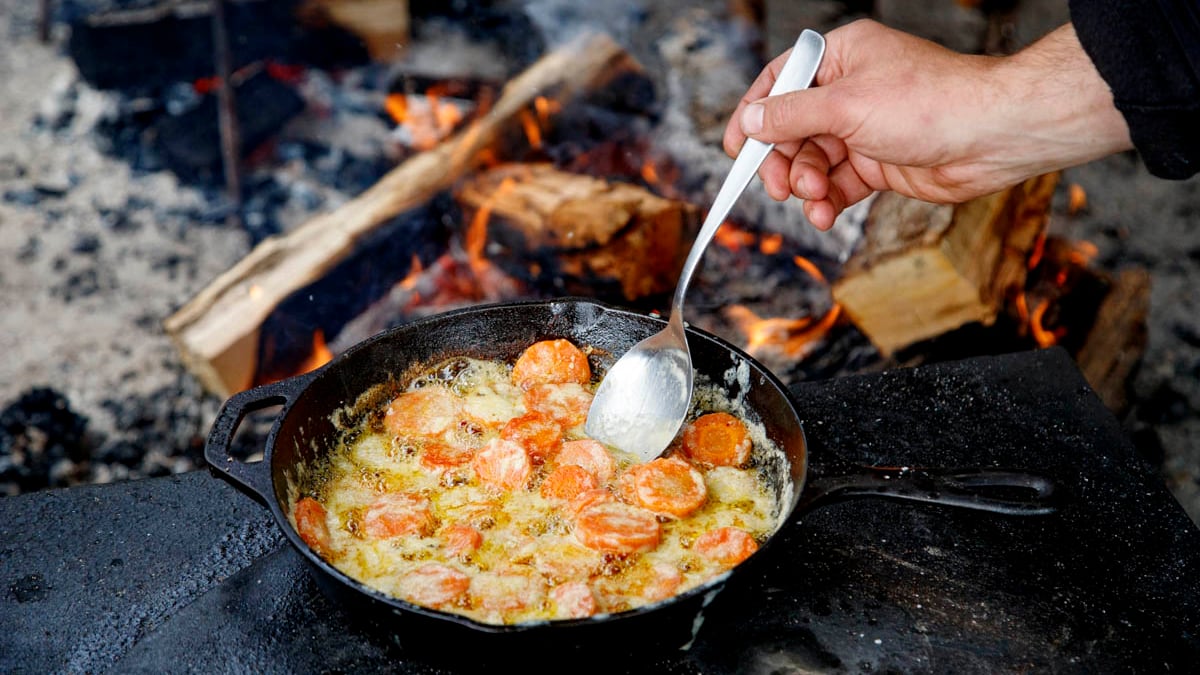
Learn to make Caramelized Carrots with chef Francis Mallmann using carrots, thyme, cream, and olive oil for a flavorful vegetarian side
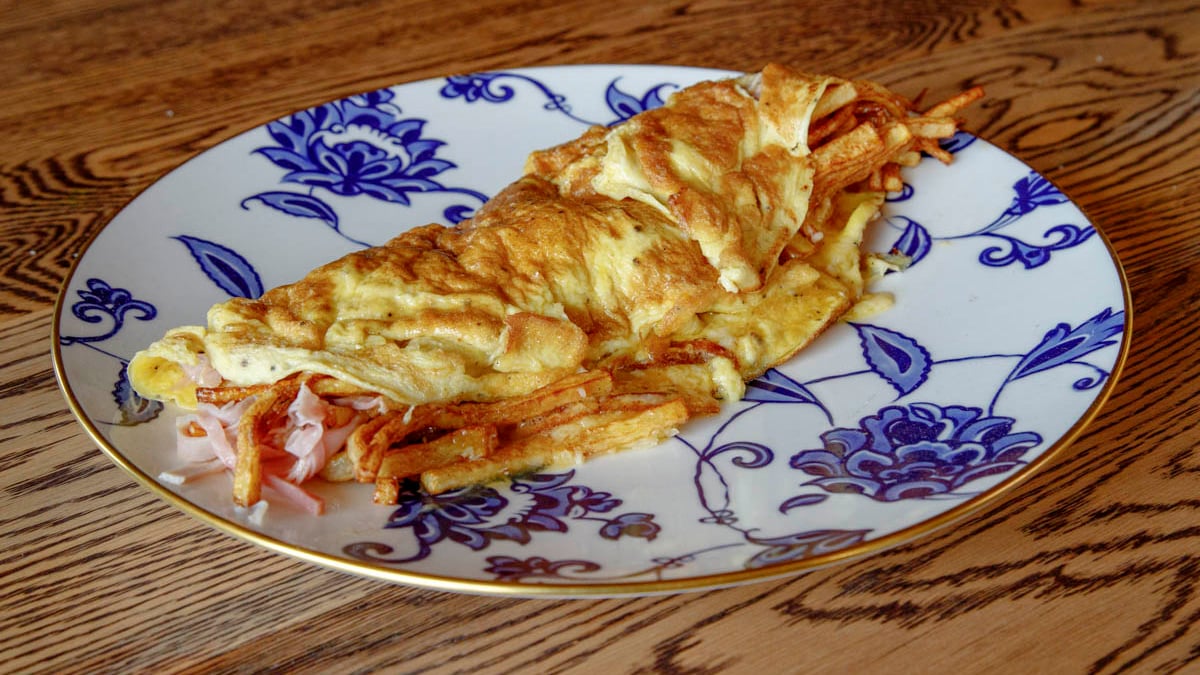
Learn how Francis Mallmann makes Revuelto Gramajo, a classic Argentine dish with eggs, ham, and crispy potatoes
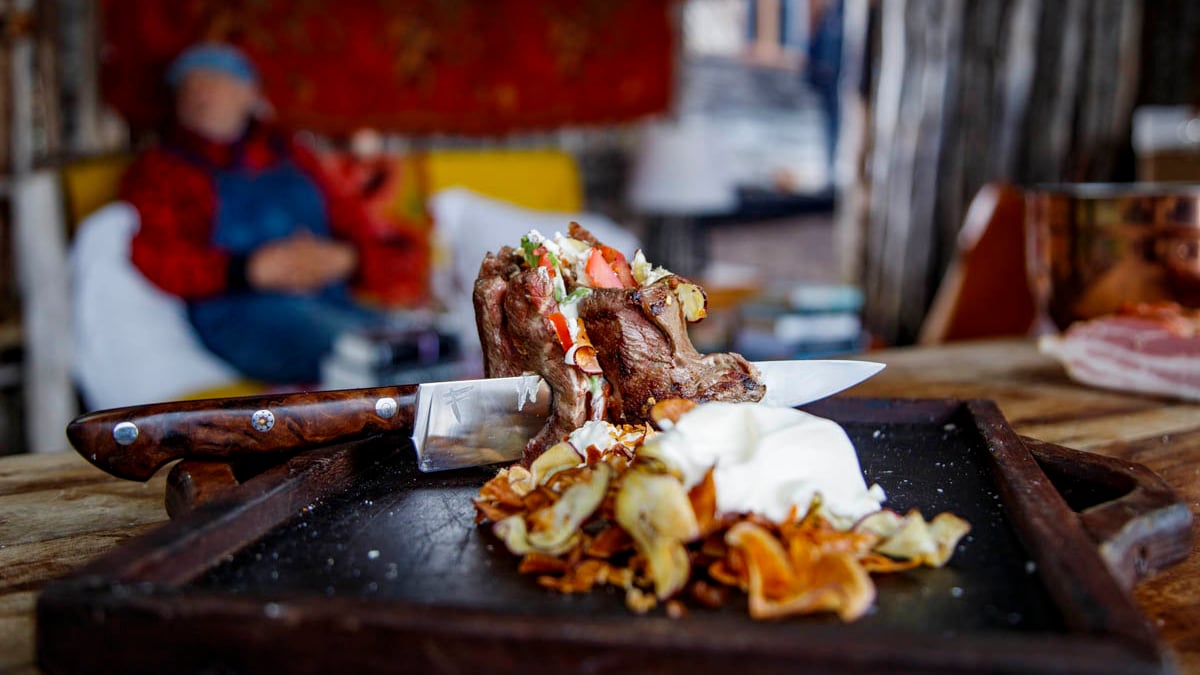
Learn how to make Bife De Albañil with chef Francis Mallmann: tender steak, bacon, avocado, and crispy sweet potato chips grilled the Argentinian way
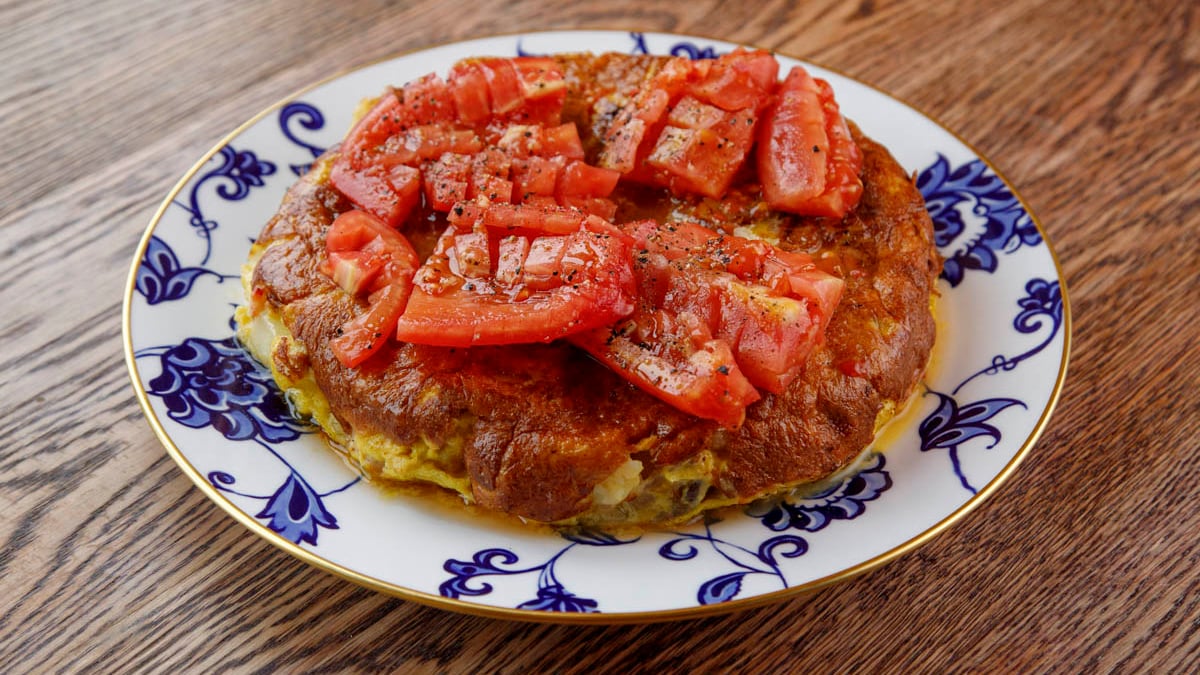
Learn how to make Francis Mallmann’s tortilla española using his signature blend of three onions for perfect sweetness
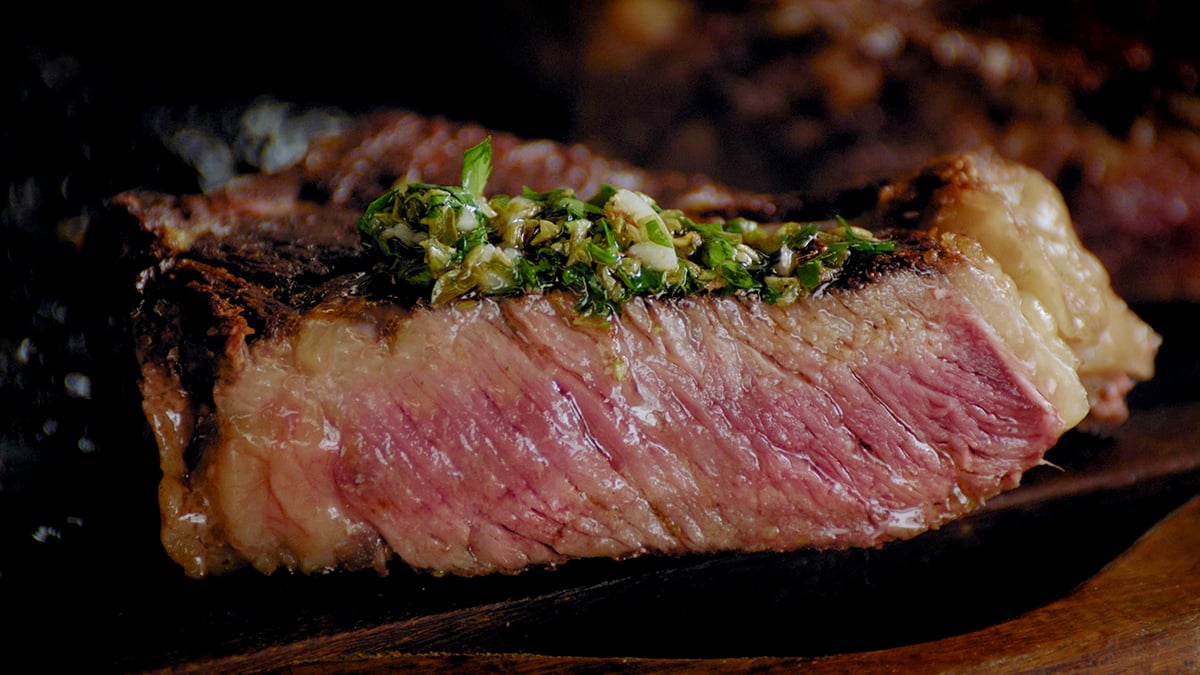
Master live-fire cooking with chef Francis Mallmann and make the perfect steak topped with his signature chimichurri sauce
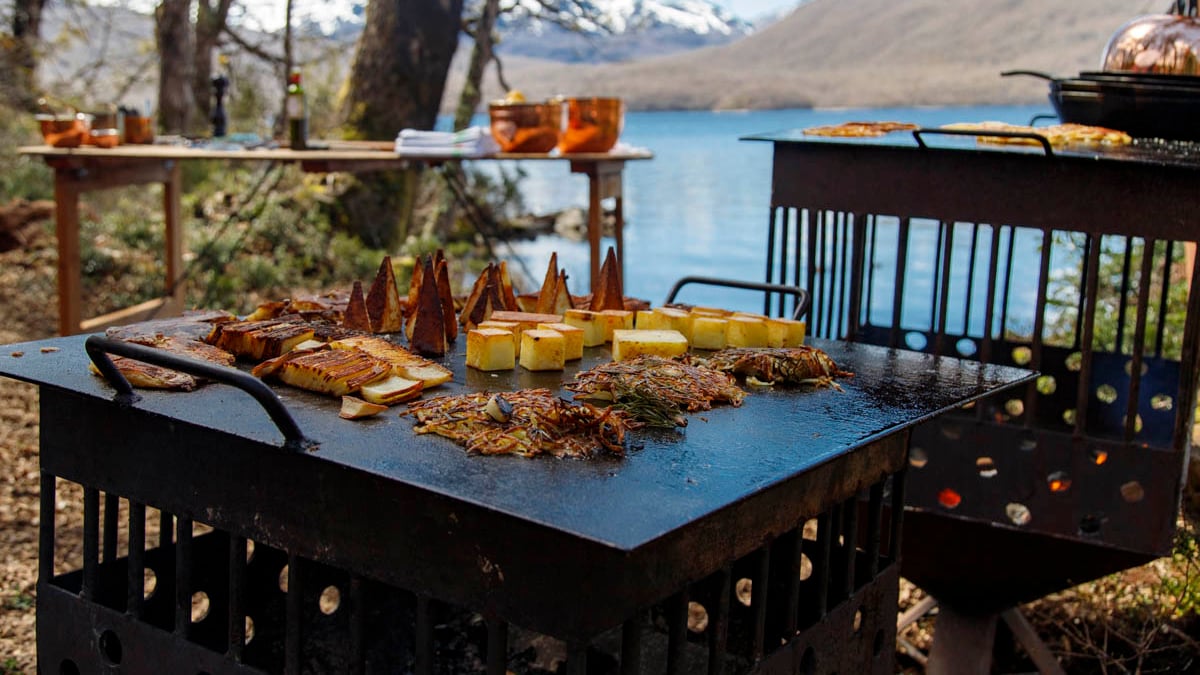
Discover nine delicious potato recipes in Potatoes, A Love Affair with chef Francis Mallmann
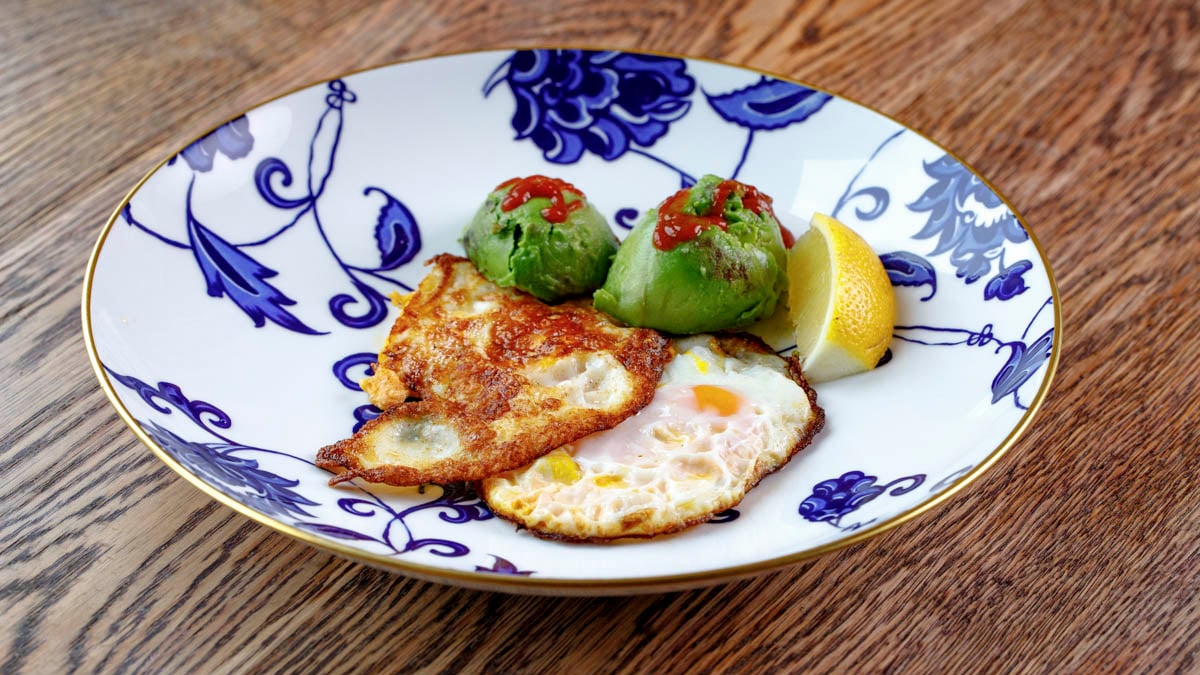
Master perfect fried and scrambled eggs with chef Francis Mallmann’s proven tricks and techniques
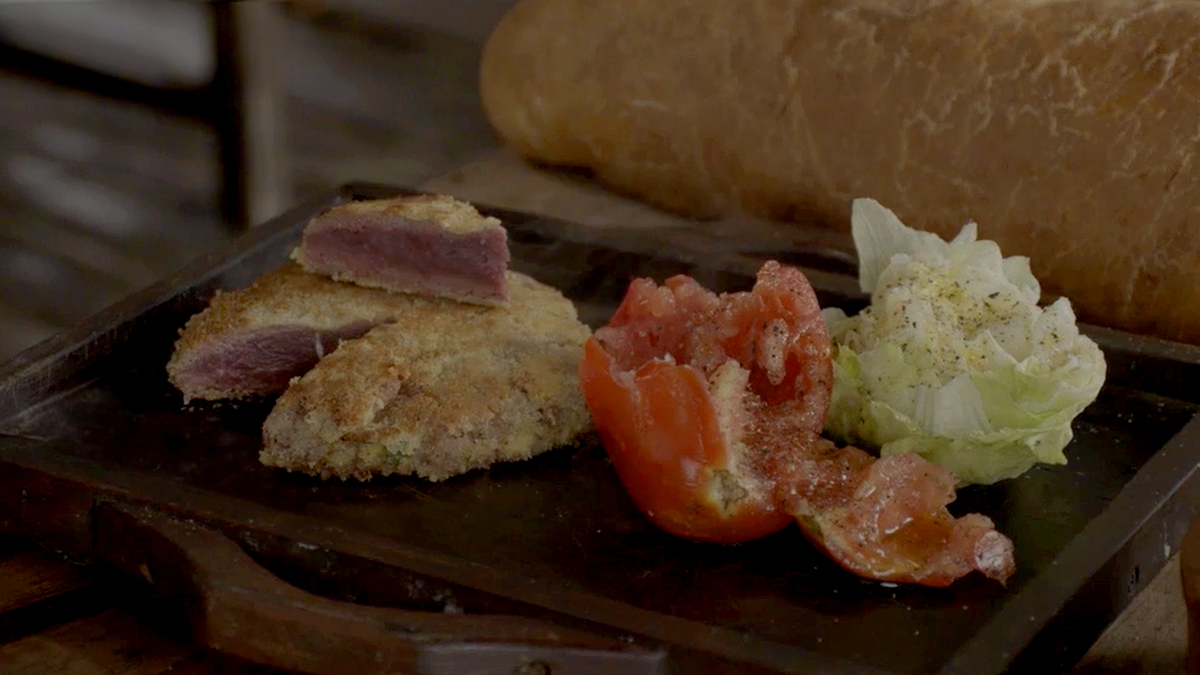
Make Francis Mallmann’s Milanesa with a Simple Salad and discover Argentina’s favorite comfort food, cooked bleu on the chapa grill
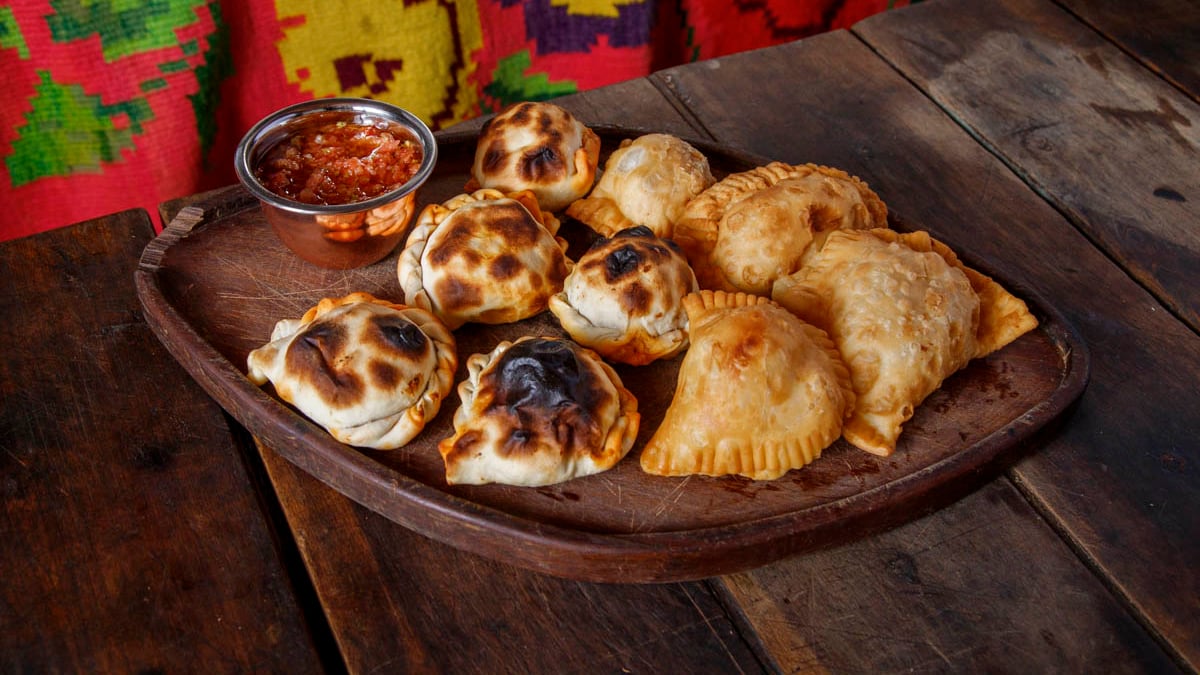
Learn to make two empanada recipes with chef Francis Mallmann: baked meat and fried cheese & onion empanadas, perfect for family or parties
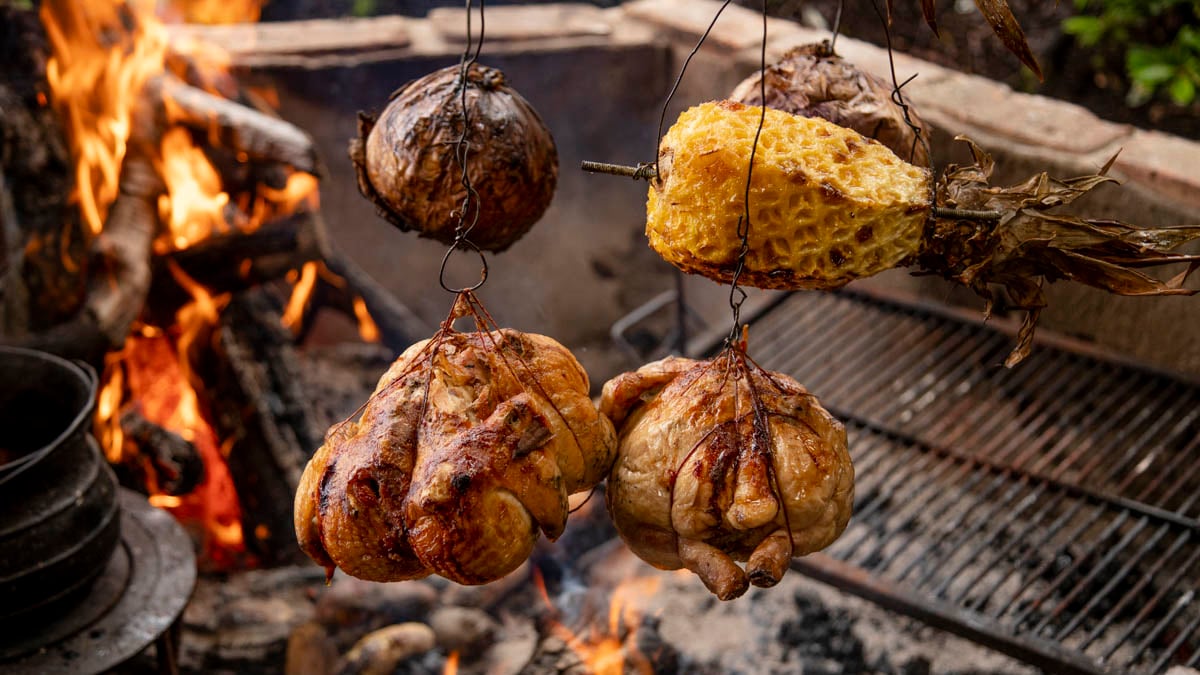
Master roasted chicken and fire-cooked vegetables with chef Francis Mallmann. Learn slow-roasting and rescoldo in this unique lesson
Learn from the World’s Best Chefs.
Create your account to get started
By signing up you accept our Terms and Privacy Policy.